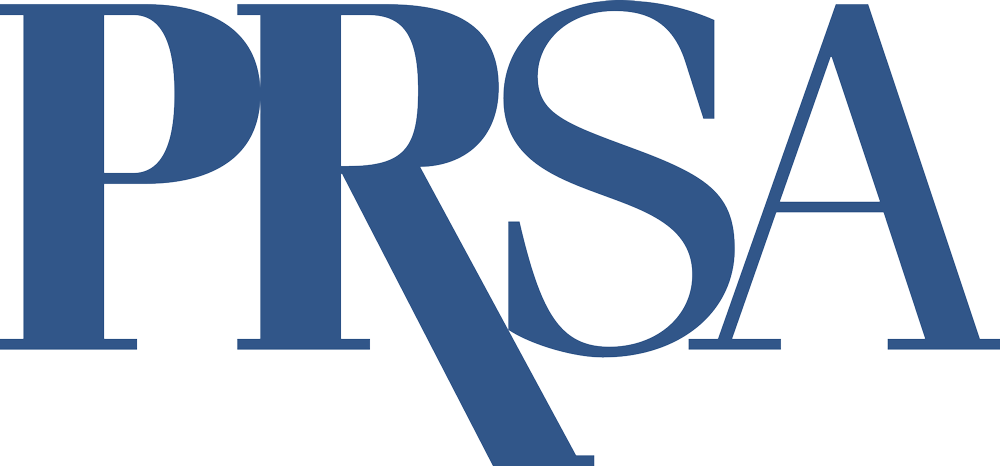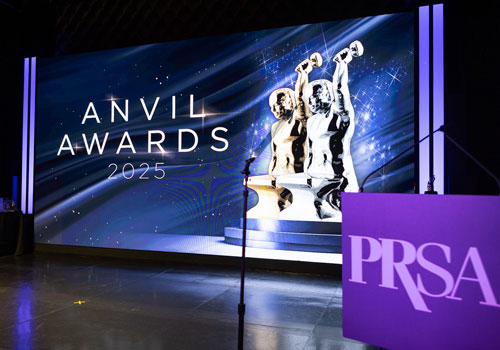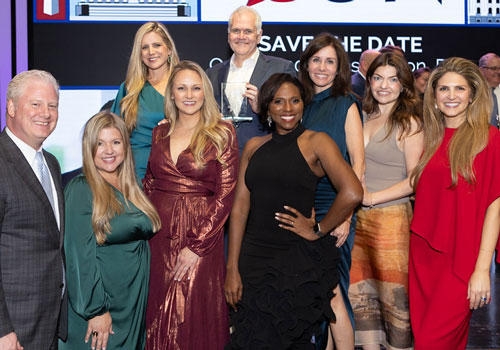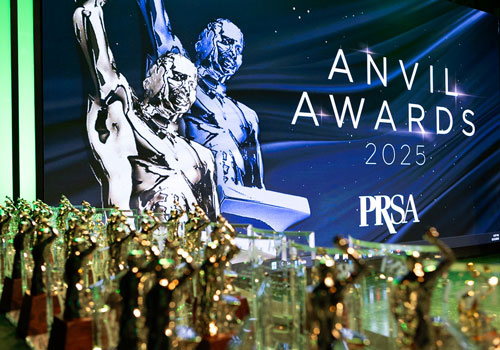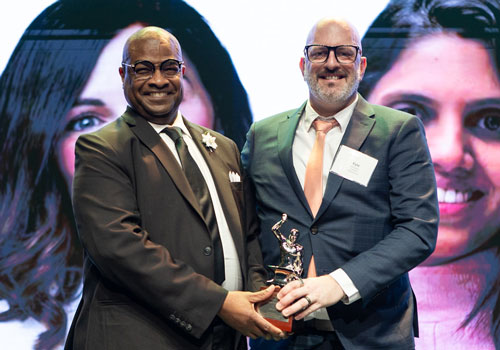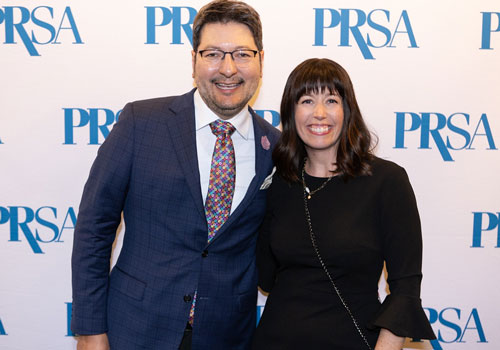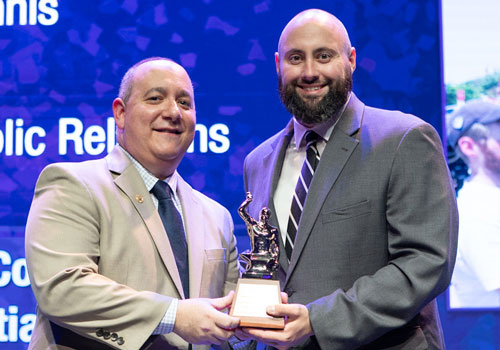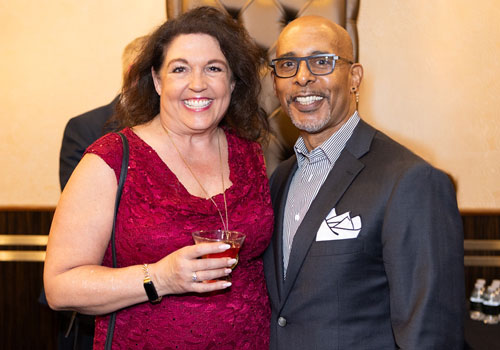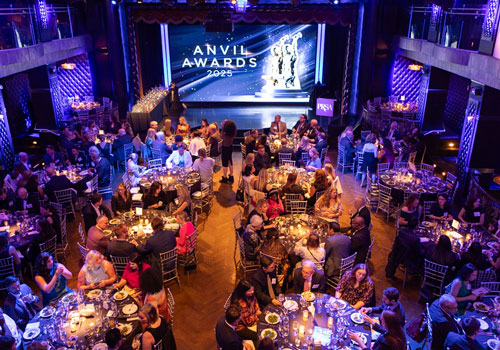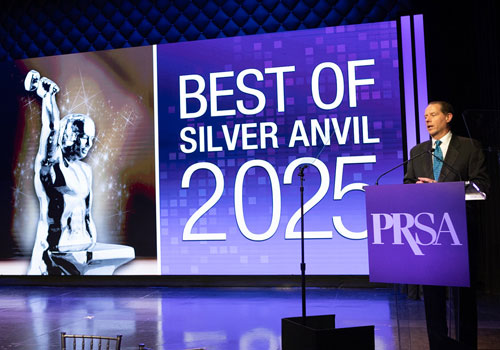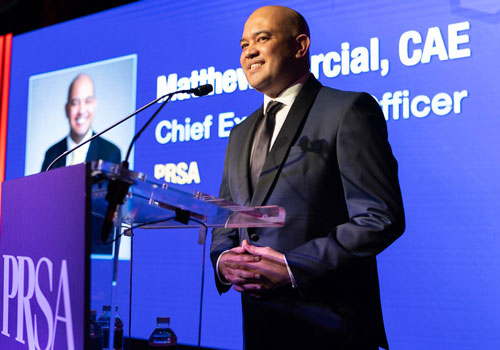Spotlight Your Organization in the Anvils!
2026 Anvil Awards
2026 Anvil Awards
Celebrating their 82nd anniversary in 2026, the Anvil Awards define the standard for communications excellence. Winning an Anvil is widely regarded as the ultimate recognition of outstanding performance. Don't miss the opportunity to set your organization apart and join the icons of the communications profession!
Silver Anvil Awards single out the best strategic communications campaigns of the year, as well as outstanding organizational excellence. Bronze Anvil Awards recognize outstanding communications tactics that contribute to the success of overall programs or campaigns.
Partnership Opportunities
To learn more about partnership opportunities please contact:
Alexandre Bouché
PRSA | VP, Business Development and Alliances
Phone: +1-212-460-0301
120 Wall Street, 21st Floor
New York, NY 10005
abouche@prsa.org | www.prsa.org
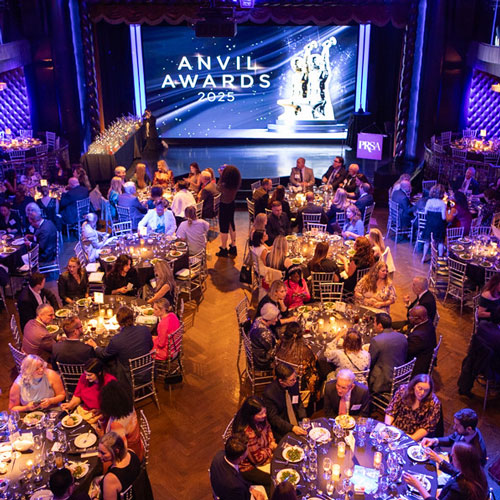
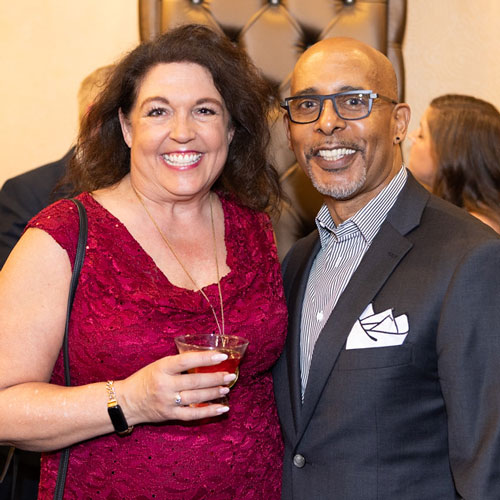

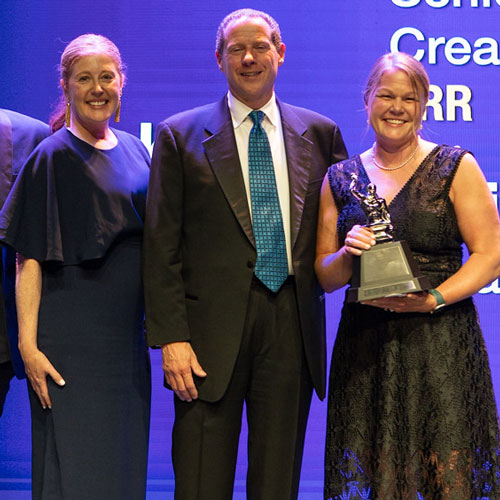

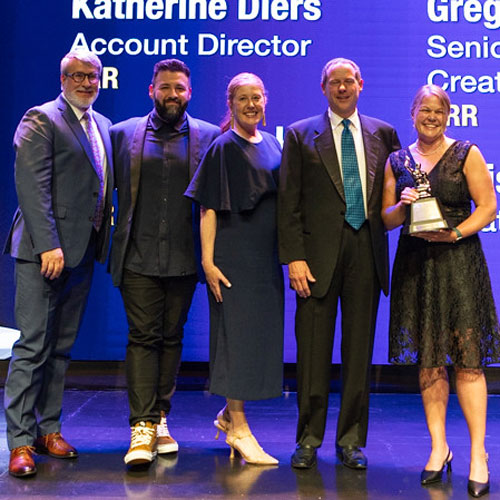

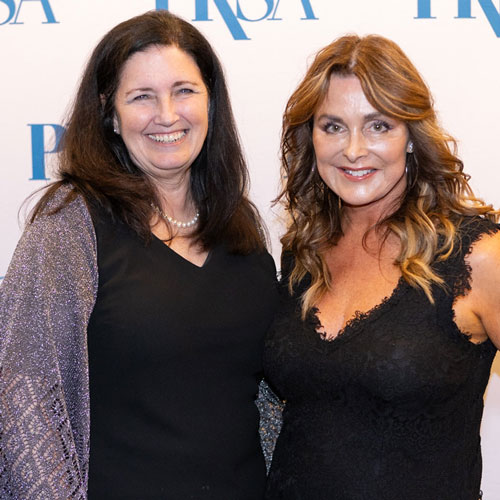

Award Categories
Award Categories
Silver Anvil Awards
Single out the best strategic communications campaigns of the year, as well as outstanding organizational excellence.
Bronze Anvil Awards
Recognize outstanding communications tactics that contribute
to the success of overall programs or campaigns.
SILVER ANVIL STRATEGIC CAMPAIGN AWARDS
1. COMMUNITY RELATIONS
1A. Associations/Nonprofit Organizations
1B. Government
1C. Business
Includes programs that aim to improve relations with, or seek to win the support or cooperation of, people or organizations
in communities in which the sponsoring organization has an interest, need or opportunity. “Community” in this category refers to a specific geographic location or locations.
2. CONTENT MARKETING
2A. Associations/Government/Nonprofit Organizations
2B. Business to Business
2C. Business to Consumer
Programs that effectively demonstrate a strategic program that includes creating and distributing
valuable content to attract, acquire, and engage target audience(s). Include examples and metrics.
3. CRISIS COMMUNICATIONS
Includes programs undertaken to deal with an unplanned event that required an immediate response.
4. EVENTS AND OBSERVANCES
4A. More Than Seven Days
4AA. Associations/Government/Nonprofit Organizations
4AB. Business
4B. Seven Or Fewer Days
4BA. Associations/Government/Nonprofit Organizations
4BB. Business
Includes virtual or in-person programs or events, such as commemorations, observances, conferences, openings, yearlong anniversaries, celebrations or other special activities. Events that took place for longer than a one-week period should be entered
in “4A. More Than Seven Days” and events occurring within a time span of one week should be entered in “4B. Seven Or Fewer Days.”
5. FINANCIAL COMMUNICATIONS
Includes programs directed to shareowners, other investors and the investment community; includes communication programs related to decentralized currencies.
6. GLOBAL COMMUNICATIONS
Includes any type of program, such as Reputation/Brand Management, Marketing or Events and Observances, that demonstrates effective global communications implemented in more than one country.
7. INFLUENCER MARKETING
7A. Macro-Influencers
7B. Micro-Influencers
Macro-influencers: Celebrities, executives, bloggers, and journalists who have 10,000–1M followers. They have the highest topical relevance on the
spectrum, with category-specific influence – such as lifestyle, fashion or business.
Micro-influencers: Everyday consumers or employees or industry experts who have 500–10,000 followers. They have the highest brand relevance and resonance
on the spectrum of influencers, with influence driven by their personal experience and strength of relationship with their networks.
8. INTEGRATED COMMUNICATIONS
8A. Associations/Nonprofit Organizations
8B. Government
8C. Business to Business
8D. Consumer Products
8E. Consumer Services
Includes creative and effective integrated campaigns,
along with other marketing or communications including paid, earned, shared and owned efforts. Demonstrate the meaningful PR/communications components and how they integrated with other disciplines.
9. INTERNAL COMMUNICATIONS
9A. Associations/Government/Nonprofit Organizations
9B. Business
Includes programs targeted specifically to special publics directly allied with an organization, such as employees, members, affiliated
dealers and franchisees.
10. ISSUES MANAGEMENT
For programs undertaken to deal with issues that could extraordinarily affect ongoing business strategy.
11. MARKETING
11A. Business to Business
11B. Consumer Products – Regional Focus
11C. Consumer Products – National/International Focus
11D. Consumer Services
Includes programs designed to introduce
new products/services or promote existing products/services to a particular audience.
12. MOST EFFECTIVE CAMPAIGN ON A $5,000 TO $10,000 BUDGET
Effective campaign delivered within parameters of a limited budget. This does not include staff time and overhead.
13. MOST EFFECTIVE CAMPAIGN ON A SHOESTRING BUDGET ($5,000 OR LESS)
Successful campaign despite constraints of a small budget. This does not include staff time and overhead.
14. MOST EFFECTIVE DIVERSITY, EQUITY AND INCLUSION (DEI) CAMPAIGN
Efforts devoted to promoting inclusivity and/or dismantling discrimination for racial, ethnic, religious or sexual orientation and gender differences.
15. CLIMATE ACTION & ENVIRONMENTAL SUSTAINABILITY
This honors excellence in energy efficiency, natural resources, programs and campaigns that limit greenhouse gas emissions, minimize waste and contamination, protect and restore
ecosystems, and contribute to the adaptation to climate change.
16. CORPORATE CITIZENSHIP
This celebrates campaigns and programs that ignite individuals, technology, and partnerships to create positive impact for society at the local, national or international level; including but not limited
to areas such as poverty, hunger, housing, health and well-being, climate, equity, education, and human rights.
17. MULTICULTURAL PUBLIC RELATIONS
For any type of program, such as institutional, marketing and community relations, specifically targeted to a cultural group.
18. PUBLIC AFFAIRS
Includes programs specifically designed to influence public policy and/or affect legislation, regulations, political activities or candidacies — at the local, state or federal government levels — so
that the entity funding the program benefits.
19. PUBLIC SERVICE
19A. Associations/Government/Nonprofit Organizations
19B. Business
19C. Partnerships (Funded jointly by businesses and other organizations, including nonprofit and government)
Includes programs
that advance public understanding of societal issues, problems or concerns.
20. REPUTATION/BRAND MANAGEMENT
20A. Associations/Government/Nonprofit Organizations
20B. Business
Programs designed to enhance, promote or improve the reputation of an organization with its publics or key elements of
its publics, either proactively or in response to an issue, event or market occurrence.
BEST OF SILVER ANVIL
A Best of Silver Anvil Award recipient is selected from among the year’s Silver Anvil Strategic Campaign Award winners. The Best of Silver Anvil winner represents the pinnacle of excellence in public relations programming and demonstrates public relations’ strategic value and ability to drive critical business outcomes.
SILVER ANVIL ORGANIZATIONAL AWARDS
1. BEST IN-HOUSE TEAM
1A. Associations/Nonprofit Organizations
1B. Government
1C. Business (Budget less than $5M)
1D. Business (Budget of $5M or More)
A public relations/public affairs/communications team that
demonstrates excellence in public relations.
2. BEST AGENCY
2A. Best Boutique Agency (Revenue less than $5M)
2B. Best Small Agency (Revenue $5M - $20M)
2C. Best Mid-Sized Agency (Revenue $20M - 75M)
2D. Best Large Agency (Revenue $75M - $200M)
2E. Best
Mega Agency (Revenue Over $200M)
An agency team that demonstrates excellence in public relations.
3. BEST SOLUTION PROVIDER/VENDOR
3A. Media Monitoring
3B. AI-Automation Resource
3C. Media Database and Intelligence
3D. Analytics
A PR/comms solution provider/vendor that demonstrates how its tool/platform is
best in class and the meaningful impacts it has delivered for its clients and the industry.
4. ORGANIZATION WITH THE MOST IMPACTFUL DEI PROGRAM
4A. Agency
4B. In-House
A team focused on shaping and implementing effective diversity, equity and inclusion initiatives for its organization or company. These meaningful
efforts have led to a more supportive, rewarding working environment for all.
5. BEST COLLEGE/UNIVERSITY COMMUNICATIONS PROGRAM/DEPARTMENT
5A. Undergraduate Program
5B. Graduate Program
A college/university team that is best preparing the next generation of communication practitioners through an
innovative curriculum, high standards for student success and placement assistance.
6. BEST AI INTEGRATION AND DIGITAL INNOVATIONS
6A. In-House
6B. Agency
Demonstrate the exceptional creativity, effectiveness, and ingenuity in leveraging digital innovations, particularly Artificial Intelligence (AI),
to revolutionize your organization’s PR/comms strategies and results. Provide examples of the successful implementation of AI-driven technologies that have significantly enhanced visibility, engagement, efficiencies and overall PR performance.
BRONZE ANVIL TACTICAL AWARDS
PAID:
1. PAID PROMOTIONS
Use of sponsorships, paid placements, or other marketing communications tactics that complement a broader public relations strategy or approach and generate exceptional ROI. These efforts should be targeted and
strategic, and ultimately demonstrate a distinct purpose that aligns with the goals of an overview campaign or specific desired outcome.
EARNED:
2. MEDIA RELATIONS
2A. Associations/ Nonprofit Organizations
2B. Government
2C. Business-To-Business
2D. Consumer Products
2DA. Non-Packaged Goods
2DB. Packaged Goods
2E. Consumer Services
Tactics,
programs and events driven entirely by media relations. Submit press releases, media advisories, pitch letters, requests for coverage, etc., along with the one-page summary that includes measurable objectives and results, including media impact. Upload
or provide YouTube/Vimeo links to any television or radio coverage. The Non-Packaged Goods subcategory refers to consumer products, such as clothing, appliances, furniture, etc. The Packaged Goods subcategory refers to traditional consumer products
sold in packages, such as food products, pet products, household goods, toiletries, cosmetics, etc.
3. FEATURE STORIES
Feature articles that have been written by a practitioner and submitted and published through his/her efforts. Submit text of feature article, as well as documentation of publication and placement. The one-page
summary should include target audience, measurable objectives and any documented results. Articles must be written in their entirety or substantively by the entrant, and not merely “pitched.”
4. EXECUTIVE COMMUNICATIONS
Positioning of an executive at any level across earned, owned, and share platforms. The one-page summary should include information about the executive and stated objectives, quantification of results
as well as copies of significant placements, social media, posts or memos.
SHARED:
5. SOCIAL MEDIA
5A. Single Channel Use
5B. Multichannel Use
How did you use social media to tell a story or connect with an audience? Share screenshots of links to your work and provide detailed results focusing on engagement
and conversions, where applicable.
6. INFLUENCER MARKETING
Tactic that focuses on using paid spokespeople and key leaders to increase awareness and drive your brand's message to the larger market. Include details of achievements/benchmarks on how the spokesperson
met/exceeded campaign goals.
7. BEST USE OF AI
7A. Direct Audience Engagement
7B. Media Relations
7C. Social Media
Demonstrate how AI played a pivotal role in successfully driving or enhancing traditional tactical efforts within a campaign. Provide
examples of tools used and results from their use.
OWNED:
8. DIGITAL PLATFORM
Did you launch or substantially enhance a digital platform? How was it launched and how much risk was involved in your marketing plan? What value did the end user receive and how did it specifically match goals?
Include metrics and benchmarks. This entry can be completed by a vendor or the customer.
9. DATA INSIGHTS
The use of data or research in a program to inform a communications strategy and/or message development. Demonstrate how the insights were acquired and applied.
10. WEBSITES
Use of a website as part of a communications or content marketing program. Include screen grabs or copies of key pages to support your one-page summary. Additionally, include the website URL for external sites and how
the site met or exceeded your communications benchmarks.
11. NON-TRADITIONAL TACTICS
Innovative, unconventional, creative tactics or approaches used as part of a public relations program. Documentation of how the tactic specifically contributed to the measurable results of the campaign
should be included in the one-page summary. (Photographic and/or video representation of any physical objects should be uploaded to be fully considered in this category.)
12. ANNUAL REPORTS
Publications that report on an organization’s annual performance. Upload a sample of one copy of the publication, along with a one-page summary.
13. BLOGS/VLOGS
Web-based journals, or blogs, that communicated to a target audience. The one-page summary should include rationale for blogging strategy, target audiences and statistics, or other means of quantifiable measurement
to support stated objectives. Screen downloads of the blog being entered, as well as the actual site URL, must be submitted as part of the story.
14. NEWSLETTERS
Publications – digital or print – designed, written and published/distributed periodically to provide brief and timely information to target audiences while supporting an organization’s overall
objectives. Upload samples of three consecutive issues, along with a one-page summary including goals and results.
15. SINGLE-ISSUE PUBLICATIONS
Single-issue publications designed for a special purpose. Books and other publications not eligible for consideration in other categories should be entered here. Upload a sample of one copy of the publication
along with the one-page summary including goals and results.
16. MAGAZINES
Publications designed to provide in-depth information about an organization or topic on a regular basis (Print, digital only and both will be considered). Magazines typically differentiate from newsletters by the number
of pages and length of articles. Upload samples of three consecutive issues along with the one-page summary including goals and results.
17. VIDEO
Produced videos to inform target audiences of an event, brand, product, service, issue or organization. The one-page summary should include usage statistics or other means of quantified measurement to support stated objectives.
18. BRANDED CONTENT
Use of content generation to promote a particular brand which funds the content's production. Upload samples along with the one-page summary including goals and results.
19. PODCASTS
How did you tell your story – was the purpose to teach or share? Was it intended for internal or external audiences and was there engagement on multiple platforms? Provide goals, results and listener feedback.
Preparing Your Entry
Preparing Your Entry
Need Help Preparing Your Entry?
- Access our database of Anvil Award-winning case studies in the categories you wish to enter to use as a benchmark (currently only Silver Anvil Strategic case studies are available online).
- Join the Anvil conversation on social using hashtag #PRSAAnvils.
- Email us at awards@prsa.org. We will answer your questions or connect you with someone who can provide further guidance on preparing your Anvil entry.
Entries become the property of PRSA. The decisions of the judges are final.
Turning Your Triumphs into Trophies:
Practical Tips for Creating Winning Award Entries
Co-facilitated by PRSA Honors and Awards Committee leaders: Michael Gross, APR, President of AKCG – Public Relations Counselors, and Mike McDougall, APR, Fellow PRSA, President of McDougall Communications.
Interview with the 2023 Best of Silver Anvil Award Winners
Bryan Garner, senior director of marketing and communications, Florida Power & Light Company, and Sandra Ericson, APR, executive vice president of rbb Communications discuss their Best of Silver Anvil winning campaign, “A Sound Response to a Record-Setting Storm: FPL Gets the Lights Back On After Hurricane Ian". Watch the interview here.
Guidelines & Tips
Guidelines & Tips
GENERAL ANVIL AWARD SUBMISSION GUIDELINES & TIPS
- Judges will select only one Anvil, and up to three runners-up in each category/subcategory. In categories for which judges determine there is no winner (entries do not merit award), there will be no runner-up awards given.
- Finalists in each category will be notified by the end of March 2026, and posted online at www.prsa.org. From these finalists, Silver Anvil, Bronze Anvil and runner-up winners will be announced in May 2026, at the Anvil Awards Ceremony.
- At least some part of the work must have occurred during the period Feb 1, 2024 – Feb 1, 2026, though the program must have been initiated no earlier than Jan 1, 2024.
- An entry may be submitted in multiple categories, provided it applies to the specific criteria stated within each category. The simplest way to do this is to select the “Copy Submission” link from the “Review and Checkout” page of the first entry submitted. In deciding which categories are most appropriate, entrants should examine program objectives and target audiences. Judges will not move entries to better suited categories.
- Basic Entry Information: Entrants must select the category being entered, the title of the entry (each title must be unique, or it will be renamed), name of the organization/client, name of the agency (if any) and a 100‑word description of the program/submission.
- Images: Upload up to three graphic images representative of your program. These images will be featured onscreen during the Anvil Awards Ceremony and may be featured in a PRSA publication should the program be selected as a finalist. We ask that the image meet the following requirements: Acceptable file formats include: jpg, tif, eps, native Illustrator, Photoshop or hi‑res pdf files. As a general rule of thumb, the artwork should be at least 1,000 pixels or more in either width or height.
- Submit in English. Entries produced in a language other than English must be translated prior to submission.
- By entering the Anvil Awards, all entrants confirm that their programs and entries comply with the ethical standards of the profession, as embodied in the PRSA Code of Ethics. Should your entry have an aspect of “ethics performance” that is both instructive and vital to your program, please include commentary of no more than four sentences. If at any point PRSA becomes aware of any aspect of a submission that may not be in compliance with the Code, it may, at its sole discretion, take appropriate action.
- All entries and entry materials must be submitted online.
DETAILED ANVIL AWARD SUBMISSION GUIDELINES & TIPS
SILVER ANVIL STRATEGIC CAMPAIGN AWARD SUBMISSION GUIDELINES & TIPS
- Two‑Page Summary: The two‑page summary (to be uploaded as a PDF) is the single‑most important component of a Silver Anvil Strategic Campaign entry. It should begin with a brief situation analysis for your program, followed by addressing each of the four entry criteria — insights and analysis, planning, execution, and evaluation.
- Supporting Materials: Entrants will be instructed to upload four separate PDFs (no more than 225 pages each with a maximum file size of 10MB) of any detailed supporting materials referenced in the insights and analysis, planning, execution and evaluation sections of your two‑page summary. Please note the absence of relevant and meaningful supporting materials will result in significantly lower scores, effectively eliminating the entry from consideration.
- Uploaded documents must be uploaded as PDFs. Pages should be no larger than 8.5 x 11 inches (A4 size for international entries) with a minimum of 10‑point typeface and one‑inch margins.
- Judging Criteria: Anvil Judges will evaluate your entry on the merit of the four criteria — insights and analysis, planning, execution and evaluation — that you share in your two‑page summary and supporting materials. Your entry should begin with a brief situation analysis for your program.
- Visit http://apps.prsa.org/awards/silveranvil/Search to view examples of past Anvil‑winning case studies.
The following questions will help you prepare a strong Silver Anvil Strategic Campaign entry:
Insights And Analysis
- What methods/strategies/tools were implemented to arrive at your insights into and analysis of the campaign?
- What type of research did you use — primary, secondary or both, to arrive at your insights/analysis? Primary research involves original research, including focus groups, interviews, data and analytics software and surveys. Secondary research involves searching existing resources for information or data related to a particular need, strategy or goal (e.g., online computer database searches, Web‑based research, library searches, industry reports and internal market analyses).
Planning
- How did the plan correlate to the insights gathered at the end of the campaign?
- What was the plan in general terms?
- What were the specific, measurable objectives of the plan?
- Who were the target audiences?
- What was the overall strategy used?
- What was your budget?
Execution
- How was the plan executed, and what was the outcome?
- How did the activities flow in general terms?
- What were the key tactics?
- Were there any difficulties encountered? If so, how were they handled?
- Were other organizations involved?
- Were nontraditional public relations tactics used, such as advertising? (Unless you are entering this program under “Integrated Communications,” advertising costs should not exceed one‑third of the budget.)
Evaluation
- What methods of evaluation were used?
- What were your results?
- How did the results compare to the specific, measurable objectives you identified in the planning section?
- How well do the results reflect original strategy and planning?
SILVER ANVIL ORGANIZATIONAL AWARD SUBMISSION GUIDELINES & TIPS
Best In‑House Team Submission Requirements:
- Two Page Summary: An overview of the business/organization and a detailed description of outstanding accomplishments/strategic benchmarks within the award program timeframe. Differentiate the role of the in‑house team from any externally employed resources (e.g., agencies). Submitting teams should include examples of measurable impact on their organization; how they dealt with challenges; how they developed creative or innovative programs; how they influenced behavioral or attitudinal change among their target audiences; and/or how they foster a positive working culture.
- Case Study Upload: Two brief case studies or examples (each 500 words or fewer). Current Silver Anvil submissions can be included instead of case studies.
- Number of employees on the team and annual public relations budget (including staffing costs).
Best Agency Submission Requirements:
- Two Page Summary: An overview of the agency, its offerings, and a detailed description of outstanding accomplishments/strategic benchmarks within the award‑program timeframe. Submitting agencies should include examples of measurable impact for their clients; how they dealt with challenges; how they developed creative or innovative programs; how they influenced behavioral or attitudinal change among their clients’ target audiences; and/or how they foster a positive working culture.
- Case Study Upload: Two brief case studies or examples (each 500 words or fewer). Current Silver Anvil submissions can be included instead of case studies.
- Number of employees at the agency and annual revenue.
- A client list from the past 12 months, including tenure. Uploaded as a one‑page PDF.
Organization with the Most Impactful DEI Program Submission Requirements:
- An overview of the team leading these efforts and a detailed description of the programs, practices and/or initiative this team has instituted to bring about positive DEI change. Submissions can include examples of new resources for diverse employees/customers/recruits (language translations, sharing forums, etc.); internal programming to drive DEI progress; and/or how these efforts will advance DEI outside their organization. Share future plans, if any, to continue to build upon the success and drive DEI principles among the team.
- Case Study Upload: Two brief case studies or examples (each 500 words or fewer). Current Anvil submissions can be included instead of case studies.
Best College/University Communication Program/Department Submission Requirements:
- Two Page Summary: An overview of the education institution and a description of outstanding accomplishments within the last 12 months. Submissions should include examples of how the team is equipping students for job readiness; metrics related to admissions, graduation trends, first‑year employment data, internship placement and other related measurable results; as well as examples of academic achievements and other stand‑out successes.
- Other Requirements:
- The College/University must have a PRSSA chapter.
- The College/University must hold a Certificate in Education for Academic Programs in Public Relations (CEPR).
- Number of educators on the team, detailed by full‑time faculty, part‑time lecturers, and adjunct faculty as well as the faculty’s PRSA involvement.
Best Solution Provider/Vendor
- Two Page Summary: An overview of the company and the service(s) it provides. A detailed description as to how these services are both (a) first in class, through customer service, comprehensiveness and/or other distinct qualities, and (b) tailored to support the communication industry.
- Letters of Recommendation: Two letters of recommendation from customers/clients in support of your company's award submission.
Best AI Integration and Digital Innovations
- Two Page Summary: An overview of the business/organization and a detailed descriptions of the exceptional creativity, effectiveness, and ingenuity in leveraging digital innovations, particularly Artificial Intelligence (AI), to revolutionize the organization’s PR/comms strategies and results. Provide examples of the successful implementation of AI‑driven technologies that have significantly enhanced visibility, engagement, efficiencies and overall PR performance.
- Case Study Upload: Two brief case studies or examples (each 500 words or fewer). Current Anvil submissions can be included instead of case studies.
BRONZE ANVIL TACTICAL AWARD SUBMISSION GUIDELINES & TIPS
- One‑Page Summary: A concise summary no longer than one page must be uploaded as a PDF. The one‑page summary is the single most important component of a Bronze Anvil Tactical Award entry.
- Judging Criteria: Anvil Judges evaluate the entry on four key areas — planning/content, creativity/quality, technical excellence and results. (Media relations categories are not judged on technical excellence.) Within these areas, the summary should include measurable objectives, target audiences, budget and any other specific information requested in the individual category. Results — qualitative, quantitative or both — should provide evidence of how the stated measurable objectives were met, and how the entry impacted the success of a broader or ongoing program.
- Supporting Materials: Entrants will be asked to upload supporting documents and back‑up materials as requested in each individual category, e.g., PDFs, videos, audio, video links, website URLs, etc.
- Uploaded documents must be uploaded as PDFs. Pages should be no larger than 8.5 x 11 inches (A4 size for international entries) with a minimum of 10‑point typeface and one‑inch margins.
Entry Deadlines and Fees
Entry Deadlines & Fees
| Entry Type | PRSA Member Early Deadline By Jan. 15, 2026 | Non-PRSA Member Early Deadline By Jan. 15, 2026 | PRSA Member Regular Deadline By Jan 29, 2026 | Non-PRSA Member Regular Deadline By Jan 29, 2026 | PRSA Member Final Deadline By Feb. 12, 2026 | Non-PRSA Member Final Deadline By Feb. 12, 2026 |
| SILVER ANVIL AWARDS | $450 | $650 | $650 | $850 | $850 | $1,050 |
| BRONZE ANVIL AWARDS | $350 | $450 | $450 | $550 | $550 | $650 |
Award Ceremony
Award Ceremony
The 2026 awards will be presented at the Edison Ballrooom in NYC on May 14. 2026.
2025 Winners
Congratulations to the 2025
Anvil Award Winners
BEST OF SILVER ANVIL AWARD
Excellence in Community Relations Government

Washington State
Department of Ecology with PRR
for
Use Food Well
Annual Reports
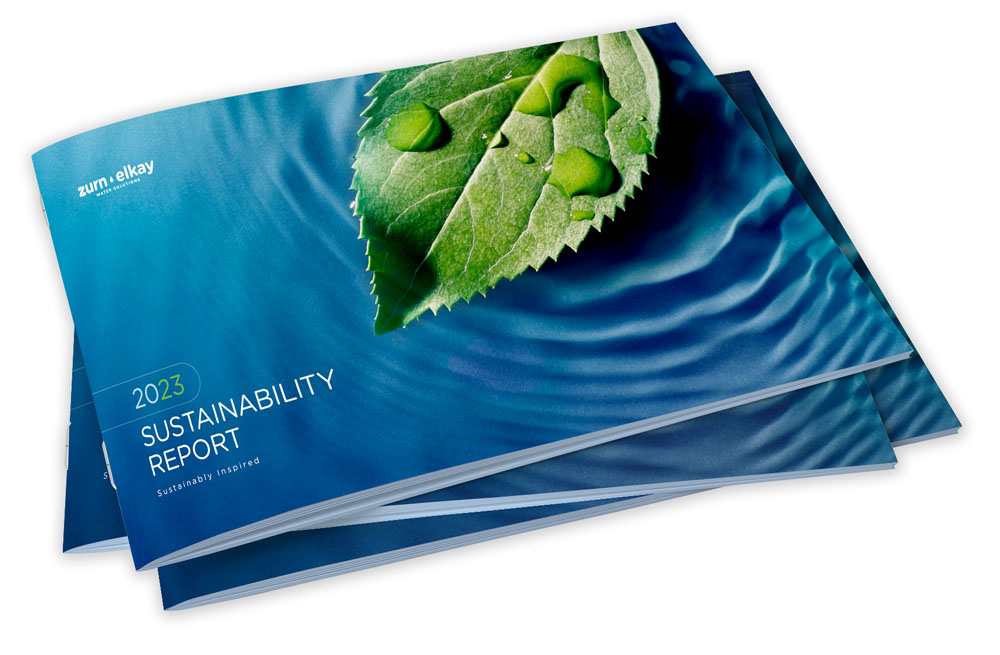
![]()
Zurn Elkay Water Solutions
for
Zurn Elkay's 2023 Sustainability Report
Award of Commendation
University of Kentucky College of Medicine
for
Year in the Life: Kentucky's Care in Action
Best AI Integration and Digital Innovations > Agency
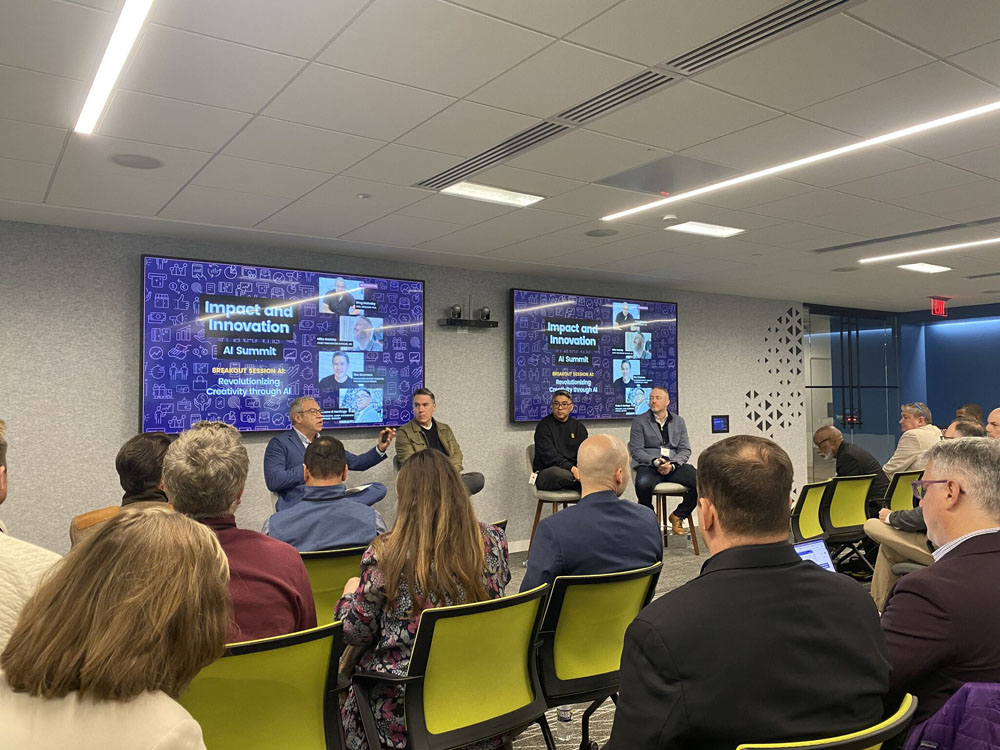
![]()
Gregory FCA
for
Gregory FCA: Setting the Standard for AI-Driven PR Innovation
Award of Excellence
IW Group
for
Innovation Through Culture
Best Agency > Best Boutique Agency (Revenue less than $5M)
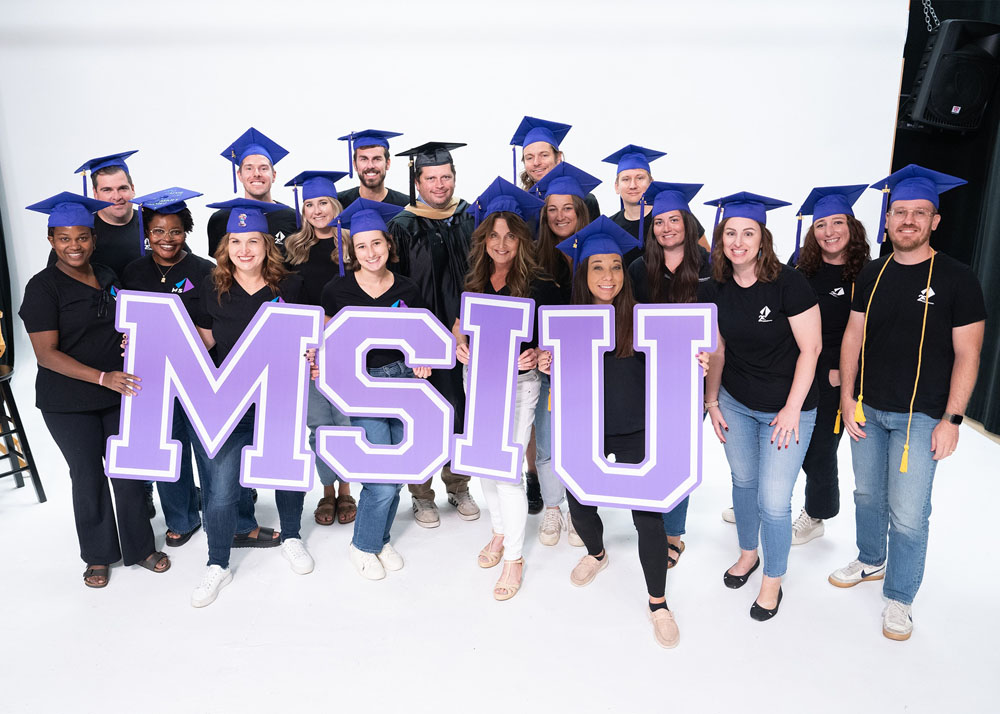
![]()
MediaSource
Award of Excellence
HMA Public Relations
Award of Excellence
Tony Fay Public Relations
Award of Excellence
Violet PR
Best Agency > Best Mid-Sized Agency (Revenue $20M - 75M)
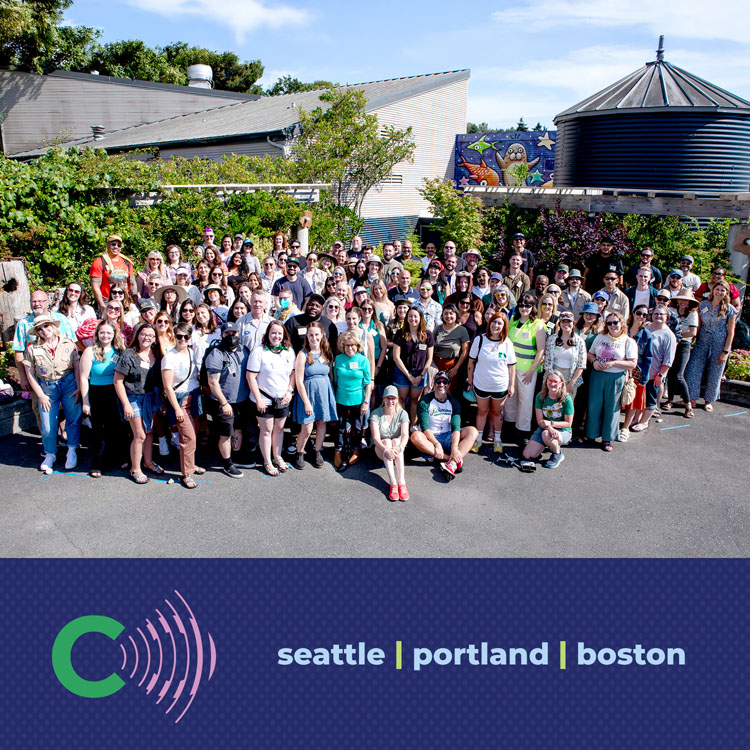
![]()
C+C
Best Agency > Best Small Agency (Revenue $5M - $20M)
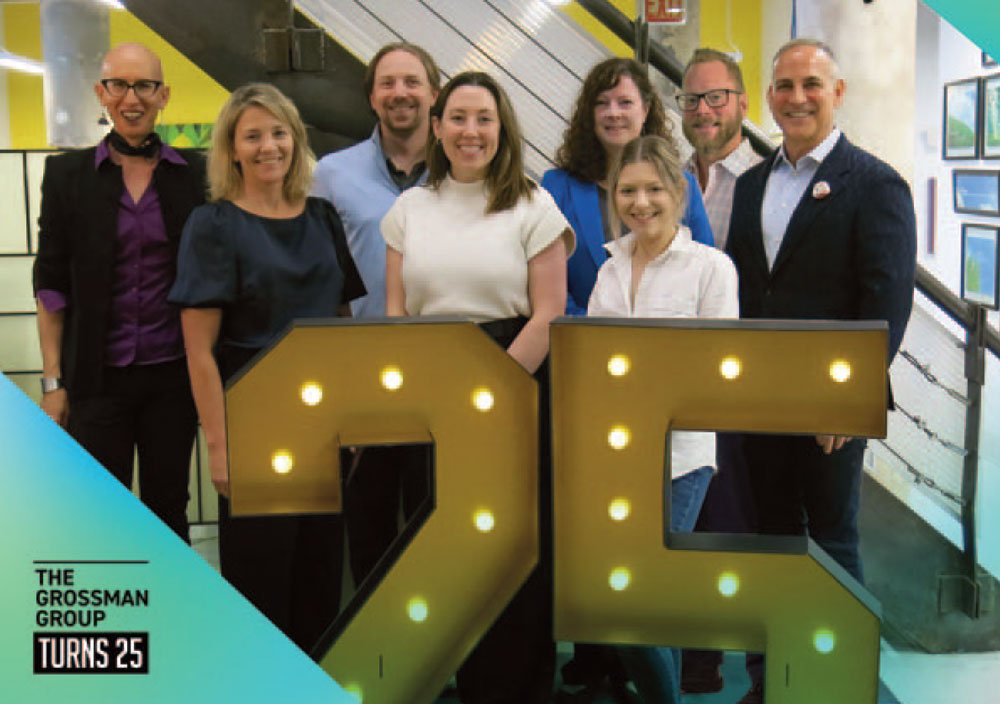
![]()
The Grossman Group
Award of Excellence
Bospar
Award of Excellence
EvolveMKD
Best College/University Communications Program/Department > Graduate Program
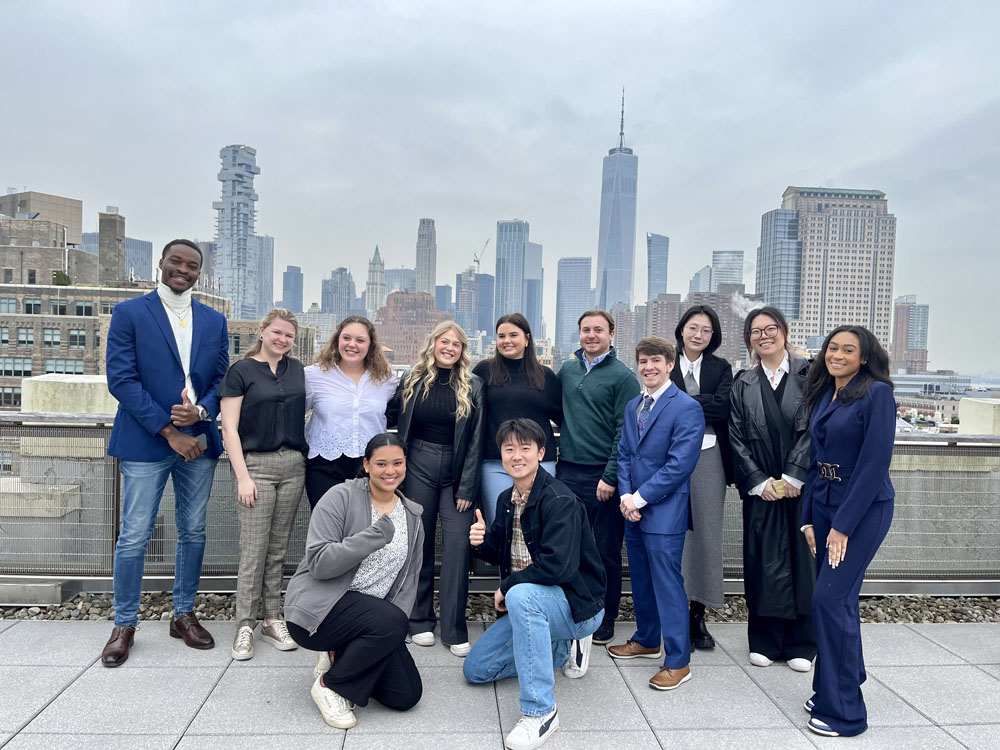
![]()
Syracuse University Newhouse School of Public Communications
Best College/University Communications Program/Department > Undergraduate Program
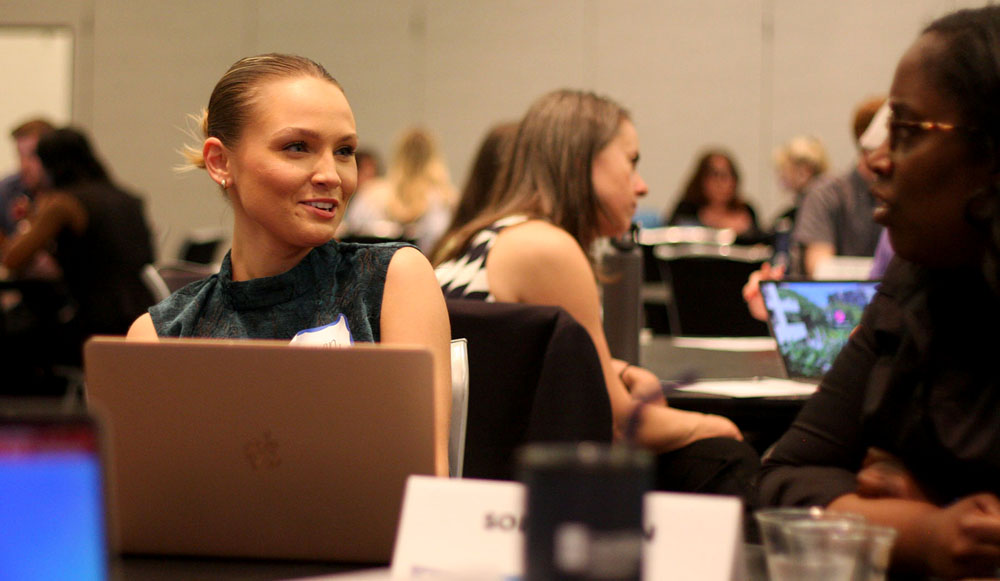
![]()
University of Memphis Department of Journalism and Strategic Media
Best In-House Team > Associations/Nonprofit Organizations

![]()
Whitney Museum of American Art
with
iVoice Communications and Alma Communications
Award of Excellence
Jefferson Lab
Best In-House Team > Business (Budget less than $5M)
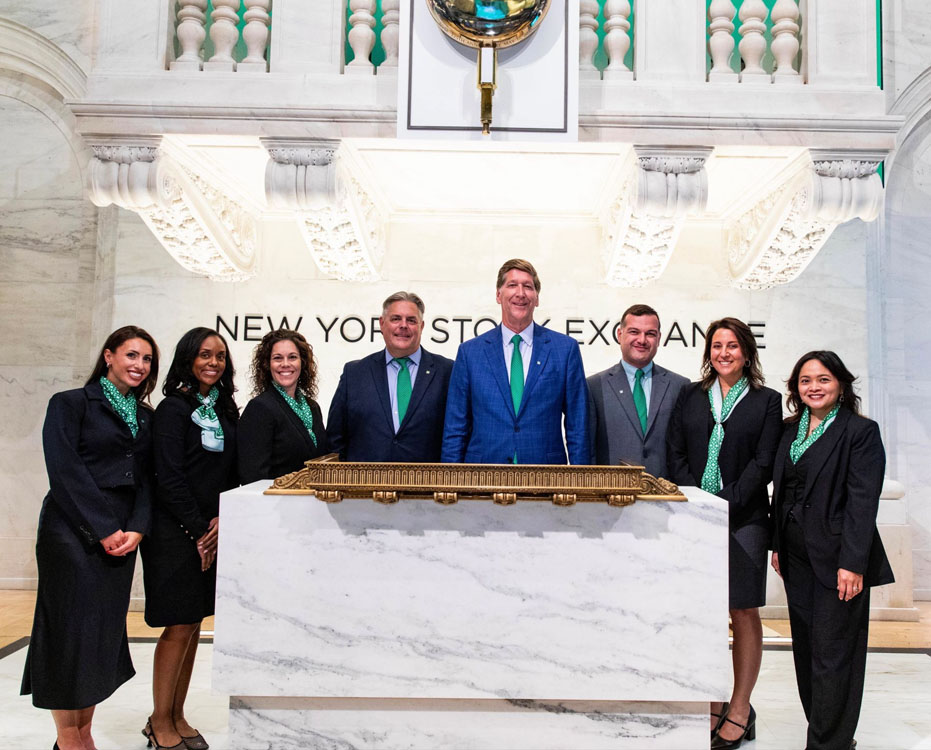
![]()
Citizens Financial Group
Award of Excellence
VEON
Best In-House Team > Business (Budget of $5M or More)
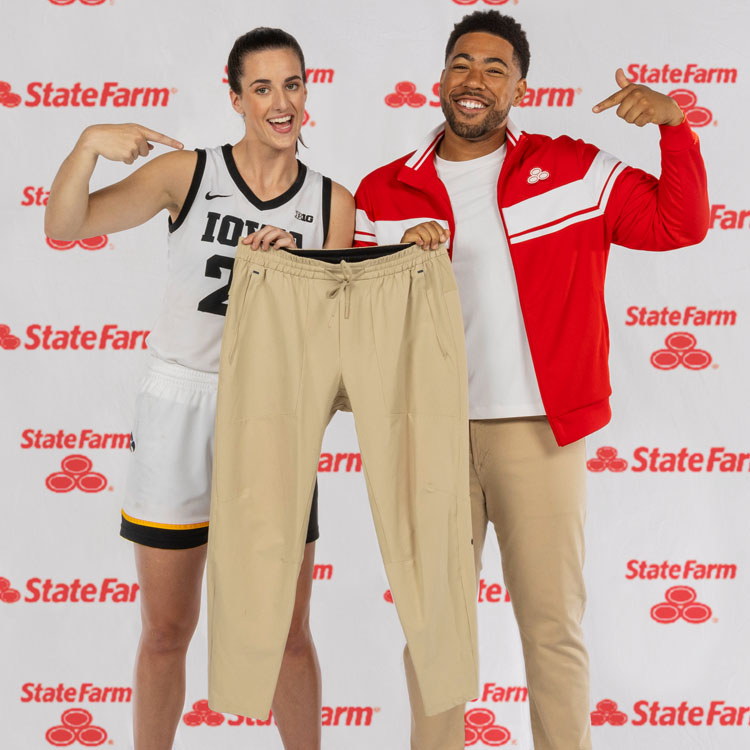
![]()
State Farm
Best In-House Team > Government
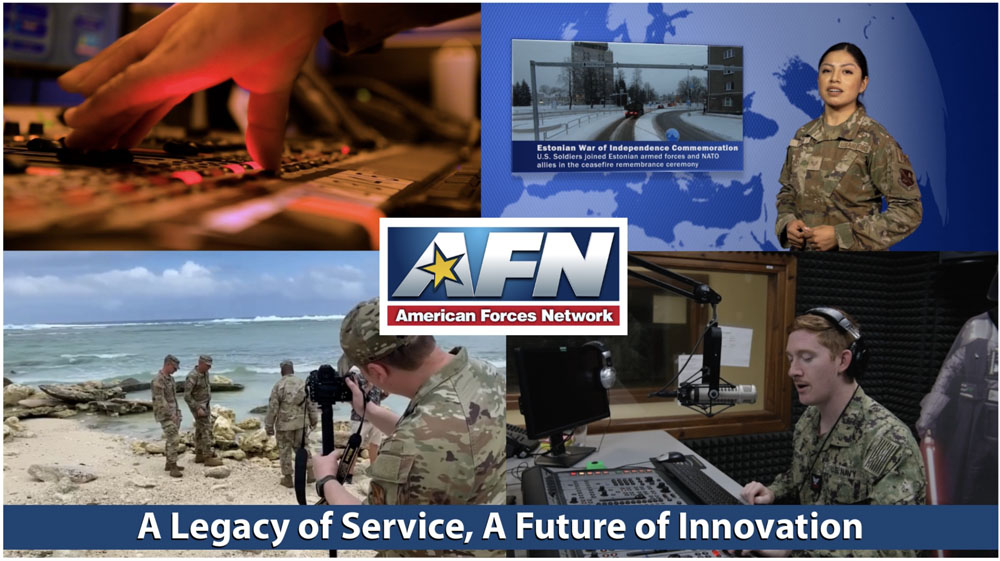
![]()
American Forces Network and Defense Media Activity
Award of Excellence
City of Glendale, AZ
Award of Excellence
USS Harry S. Truman (CVN 75) Media Department
Best Solution Provider/Vendor > AI-Automation Resource

![]()
Fullintel
Award of Excellence
Précis AI
with
Xenophon Strategies
Best Use of AI > Direct Audience Engagement

![]()
McDonald's
with
IW Group
for
McDonald's Sweet Connections
Blogs/Vlogs
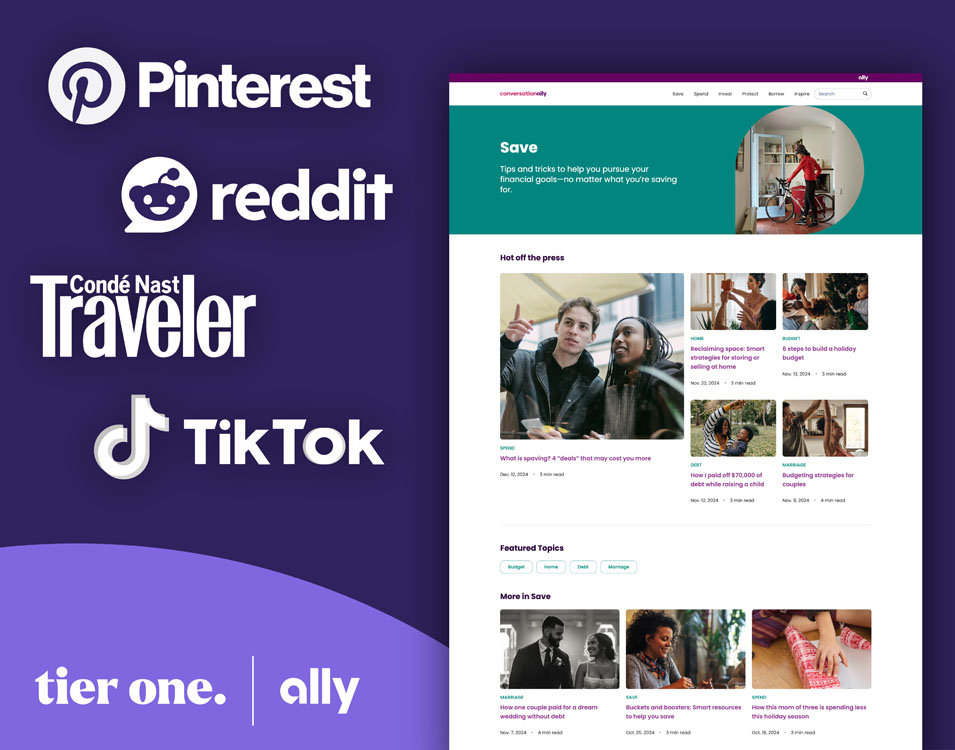
![]()
Ally Financial
with
Tier One Partners
for
CONVERSATIONALLY: THE 2024 ALLY BLOG
Climate Action & Environmental Sustainability

![]()
City of South Jordan
for
Pure SoJo: Overcoming “Toilet to Tap” to Pioneer Sustainability
Award of Excellence
phade
with
FINN Partners
for
Grasping at straws to save the environment
Award of Excellence
Salmon Defense
with
C+C and Invisible Collective
for
Salmon Warriors
Community Relations > Associations/Nonprofit Organizations
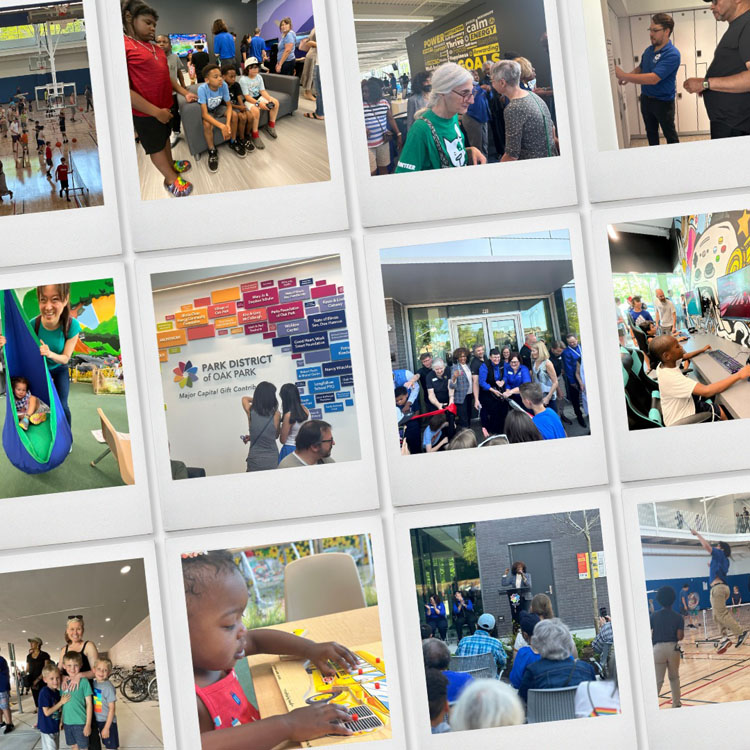
![]()
Park District of Oak Park and Parks Foundation of Oak Park
with
Public Communications Inc. (PCI)
for
A Place to Belong: Community Recreation Center for Park District of Oak Park, Illinois
Award of Excellence
Hawai‘i Visitors and Convention Bureau
with
FINN Partners
for
From Crisis to Comeback: Rebuilding Maui Tourism After Deadly Wildfires
Award of Excellence
Sunshine 811
with
Curley & Pynn
for
Dig safe Florida! Dangers lie below. Protect the underground lines that power your life
Community Relations > Business
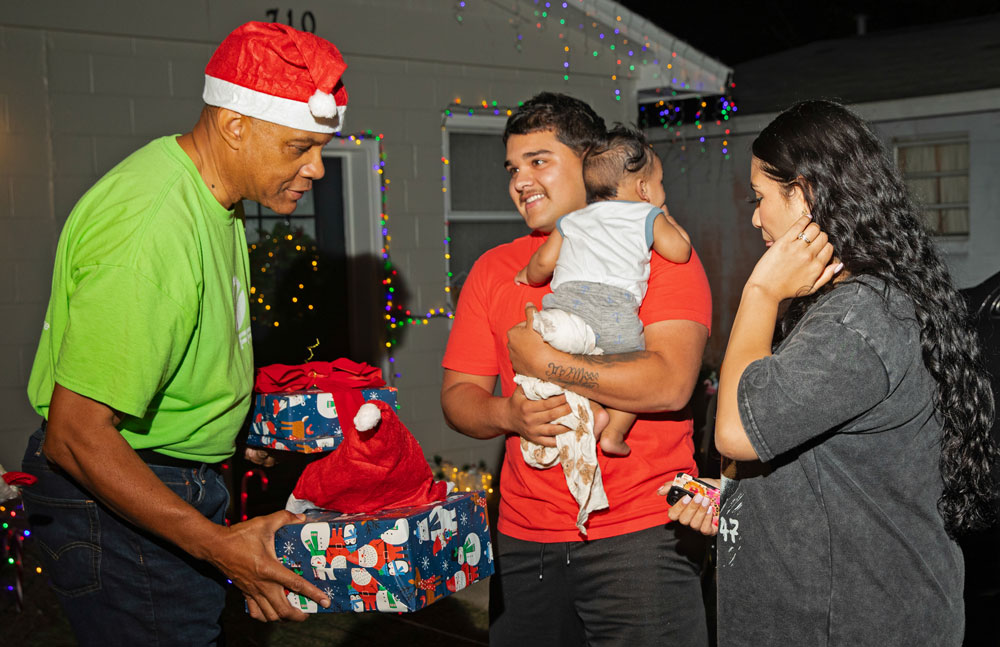
![]()
Florida Power & Light Company
with
rbb Communications
for
FPL surprises and honors Florida’s heroes with holiday makeovers
Award of Excellence
Electronic Arts
with
Curley & Pynn
for
Empowering Students to Get in the Game with Electronic Arts
Community Relations > Government

![]()
Washington State Department of Ecology
with
PRR
for
Use Food Well Food Waste Reduction Campaign
Award of Excellence
Seminole County, FL
for
2024 Penny Sales Tax: Educating Seminole County for a Successful Renewal
Content Marketing > Associations/Government/Nonprofit Organizations
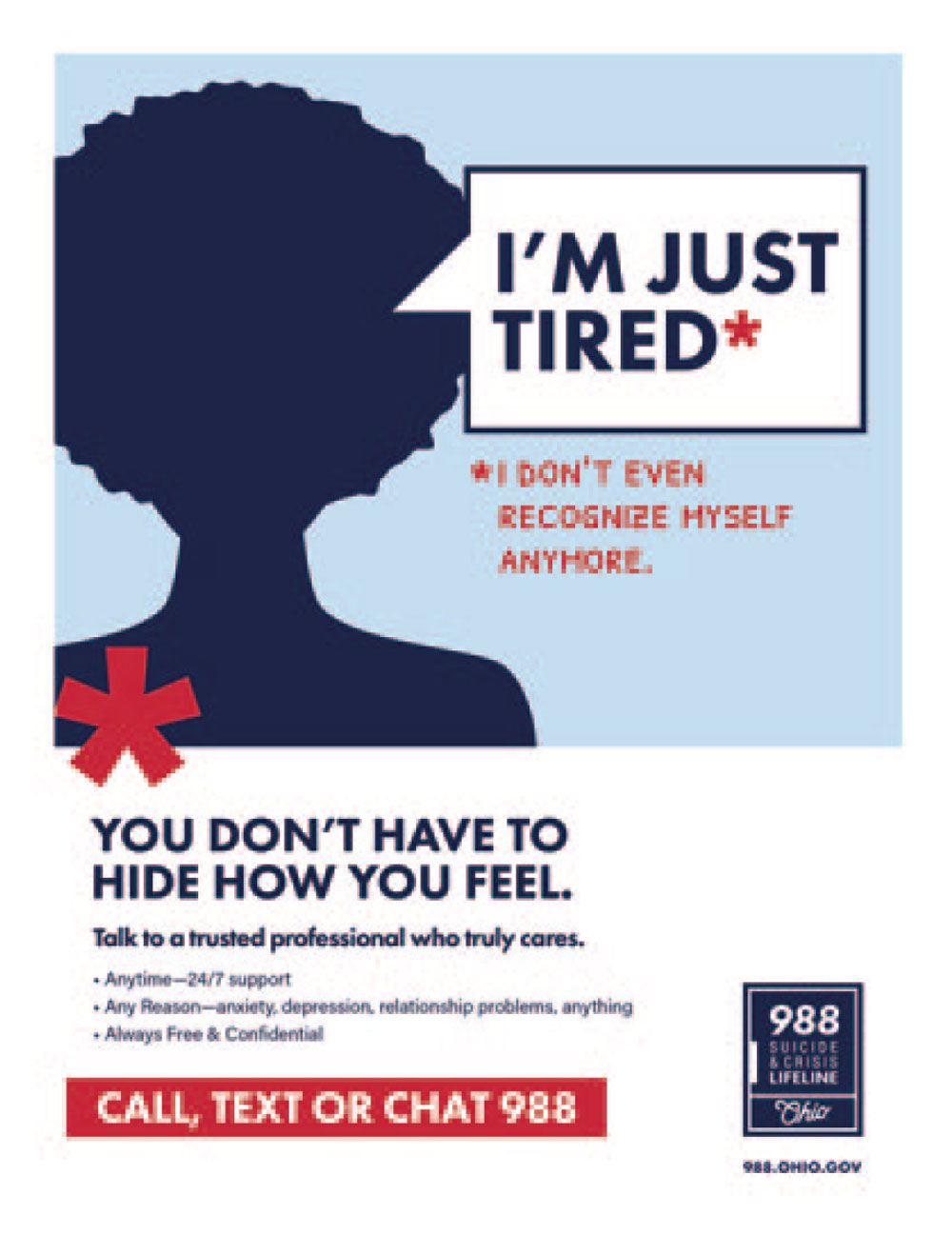
![]()
Ohio Department of Mental Health and Addiction Services
with
Fahlgren Mortine
for
Empowering Ohioans Facing Mental Health Crises to Get Help Through the State’s 988 Suicide and Crisis Lifeline
Award of Excellence
American Forces Network and Defense Media Activity
for
Expanding Content and Digital Rights for the AFN Now® Audience
Content Marketing > Business to Business
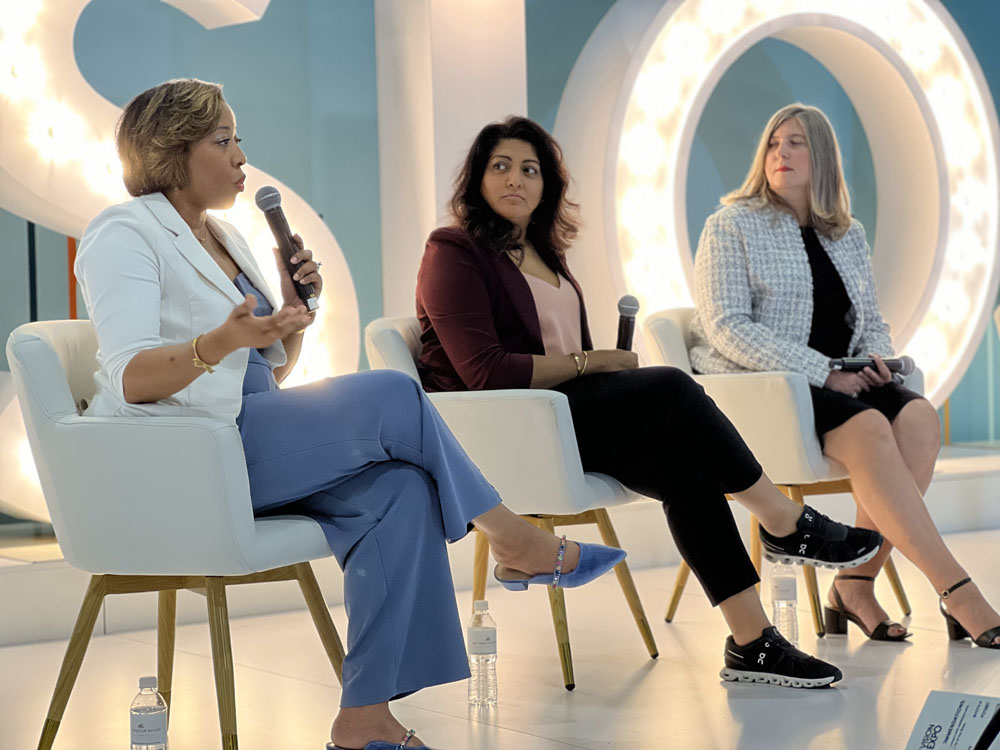
![]()
Contact Lens Institute
with
McDougall Communications
for
Gain & Retain: New Insights Elevate Contact Lens Prescribing
Award of Excellence
NCSolutions
with
Feintuch Communications and Digital Third Coast
for
From Cocktails to Mocktails: How NCS Drove the Sober Curious Connection
Content Marketing > Business to Consumers
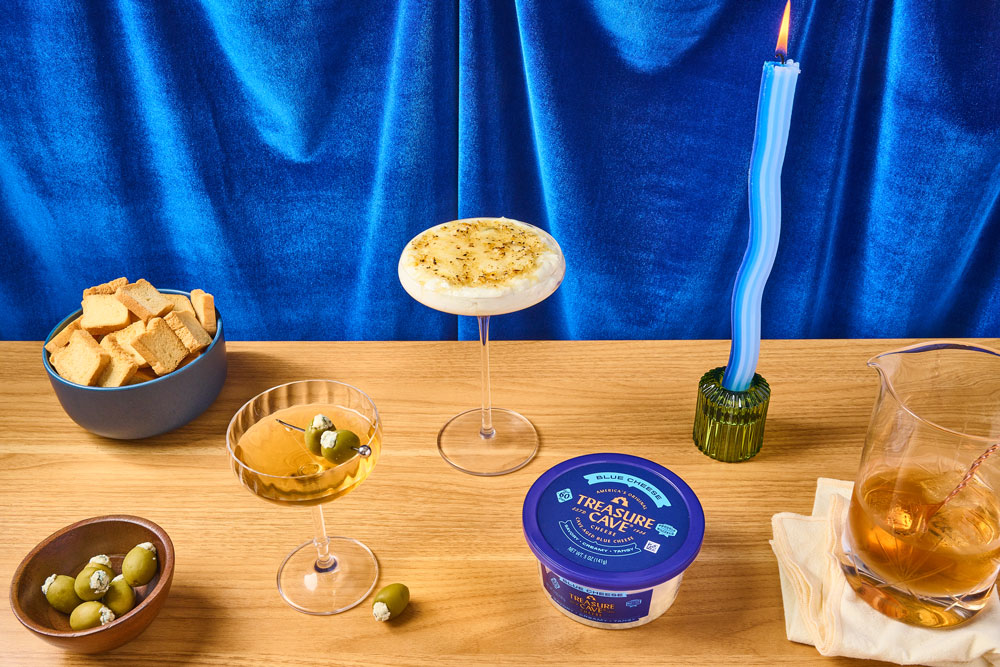
![]()
Saputo USA
with
Carmichael Lynch Relate
for
Treasure Cave's Recipe for Brand and Category Love
Award of Excellence
Colgate
with
Burson, VML and Starpower
for
My Smile is My Superpower
Corporate Citizenship
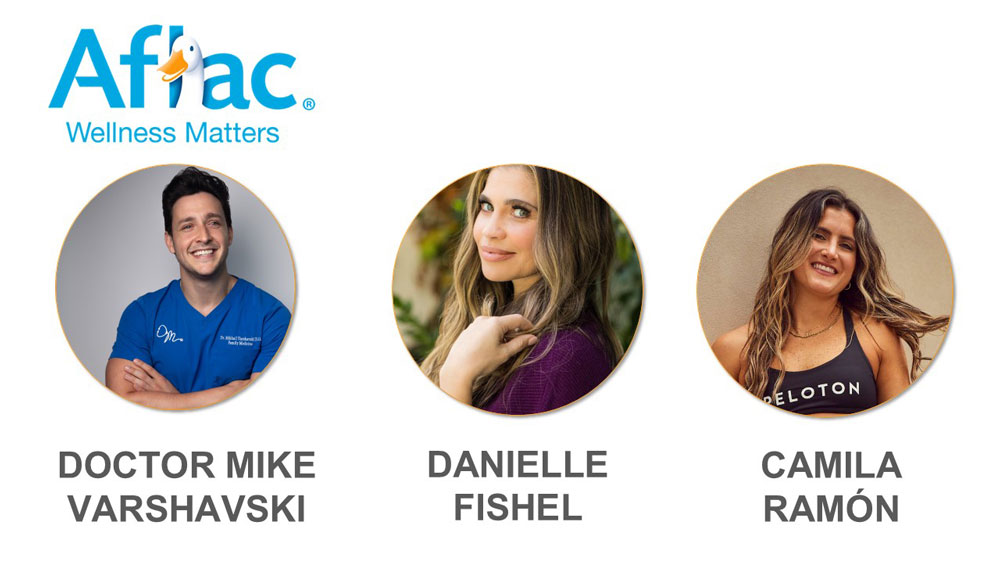
![]()
Aflac Incorporated
with
Ketchum, KWI Communications and RockOrange
for
From Awareness to Action: Aflac Wellness Matters Inspires Gen Z, Millennials and U.S. Hispanics to Prioritize Preventive Care
Award of Excellence
Crayola
with
Dentsu Creative
for
Crayola Campaign for Creativity
Award of Excellence
Otsuka America Pharmaceutical, Inc.
with
WE Communications, Minds + Assembly, Spring & Bond and The Considered
for
The Value of Every Caregiver Campaign
Crisis Communications
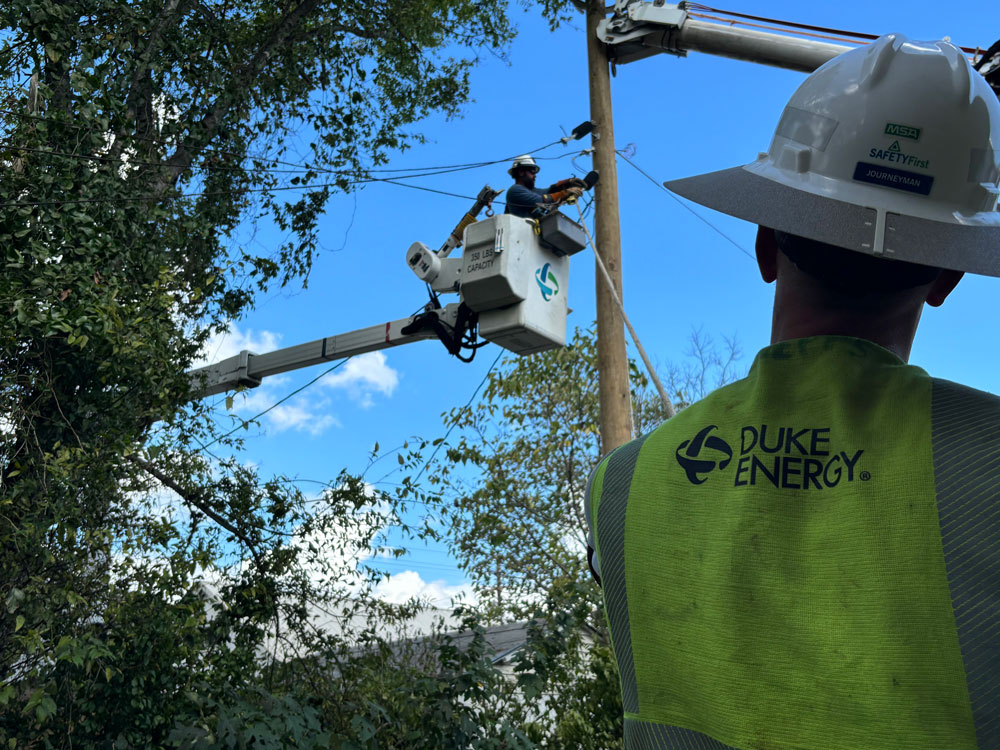
![]()
Duke Energy
for
Hurricane Heroes: Duke Energy's Historic Response in the Wake of Helene
Award of Excellence
Hawai‘i Visitors and Convention Bureau
with
FINN Partners
for
From Crisis to Comeback: Rebuilding Maui Tourism After Deadly Wildfires
Award of Excellence
The S & G Group
for
Girls Inc. of Tarrant County: Managing a Multi-Layered Crisis in a Divided World
Data Insights
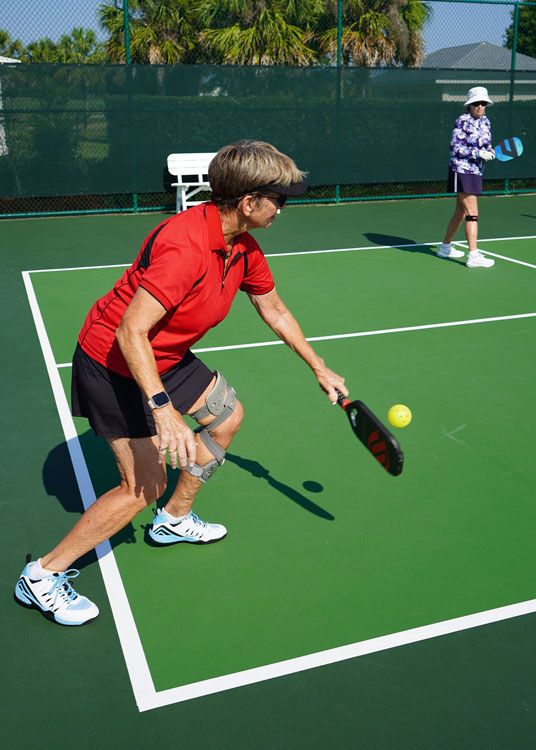
![]()
Orlando Health
with
MediaSource and Mastercard Data & Services
for
The Test & Learn Approach: Quantifying the Business Impact of Earned Media in Healthcare
Award of Commendation
Elanco Animal Health
with
FleishmanHillard
for
Parvo is Poop: Best of Data & Insights
Award of Commendation
Maximus
for
Corporate Communications Generative AI Case Study
Digital Platform
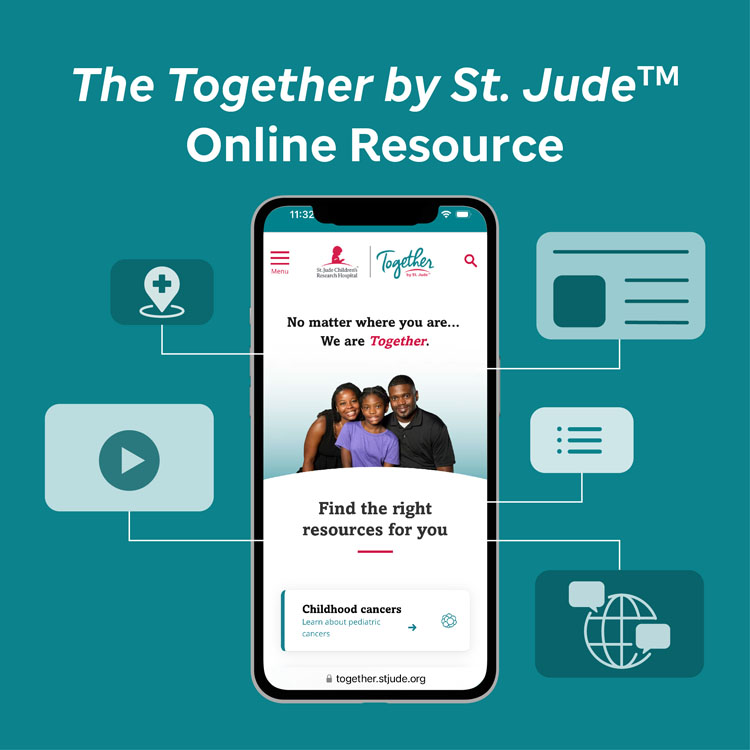
![]()
St. Jude Children's Research Hospital
with
Reingold
for
No Matter Where You Are… We are Together.
Award of Commendation
American Forces Network and Defense Media Activity
for
AFN Now® Modernization of Command Information Delivery
Award of Commendation
Jacobsen Construction
for
J-Hub: An interactive platform that helps construction workers nationwide show off their jobsites
Events and Observances > More Than Seven Days > Associations/Government/Nonprofit Organizations
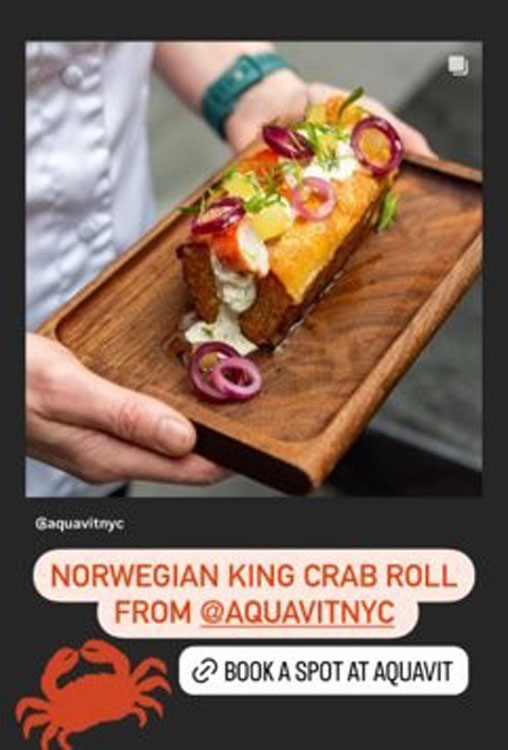
![]()
Norwegian Seafood Council
with
Padilla
for
Sea-To-Table Restaurant Week NYC 2024
Award of Excellence
Dr. Phillips Center for the Performing Arts
for
Dr. Phillips Center for the Performing Arts Ensures Success of New Winter Show in Time of Rising Inflation & Neighboring Competition
Award of Excellence
Task Force for Global Health
for
Task Force for Global Health: 40 Years of Impact
Award of Excellence
University of San Diego
for
Lighting the Way Forward: The University of San Diego Celebrates 75 Years
Events and Observances > More Than Seven Days > Business

![]()
BRACH'S and Great Wolf Lodge
with
Agency H5
for
BRACH'S Unveils "Candy Corn Suite" for a Sweet Getaway at Great Wolf Lodge
Award of Excellence
Every Mother Counts and Ingeborg Initiatives
with
The Peacock Group
for
Every Mother Counts - Bentonville Film Festival
Award of Excellence
Florida Power & Light Company
with
rbb Communications
for
FPL surprises and honors Florida’s heroes with holiday makeovers
Events and Observances > Seven Or Fewer Days > Associations/Government/Nonprofit Organizations

![]()
Caltrain
with
CirclePoint
for
Caltrain Electrification Launch Party Weekend
Award of Excellence
Buckner International
for
Even Stronger: Buckner Mexico’s 15th Anniversary
Events and Observances > Seven Or Fewer Days > Business

![]()
Garver
for
Recruiting 4th Graders for Engineering Careers
Award of Excellence
Persil Laundry Detergent
with
Agency H5
for
Persil Laundry Detergent’s 24-Hour Wardrobe Refresh Hotline
Feature Stories
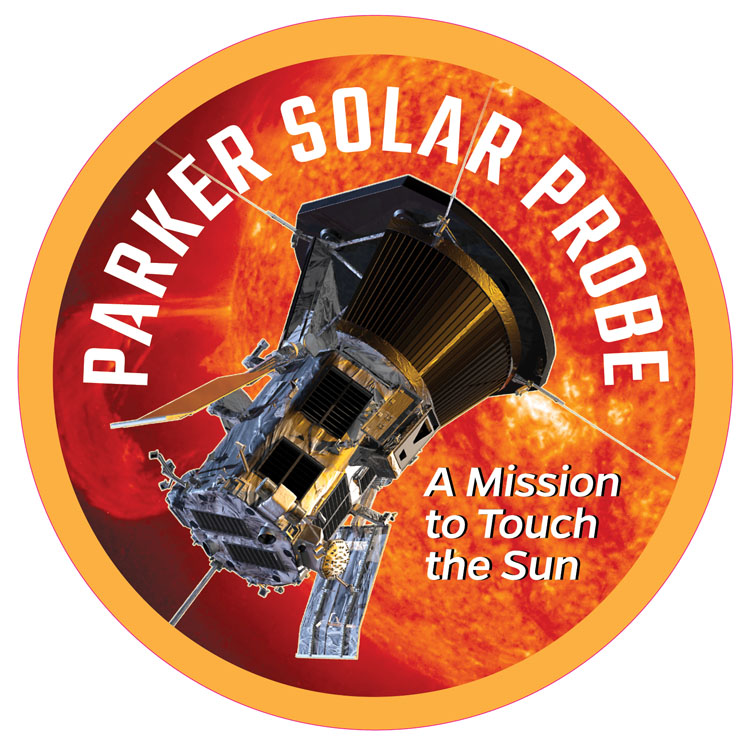
![]()
Johns Hopkins Applied Physics Laboratory and NASA
for
A Star Explored: Parker Solar Probe’s Daring Dive to the Sun’s Fiery Edge
Award of Commendation
Texas Christian University - Neeley School of Business
with
Content Shift Media
for
Innovative Artificial Intelligence Voice Restoration Returns Voice to Neeley Faculty Member Ed Riefenstahl
Global Communications
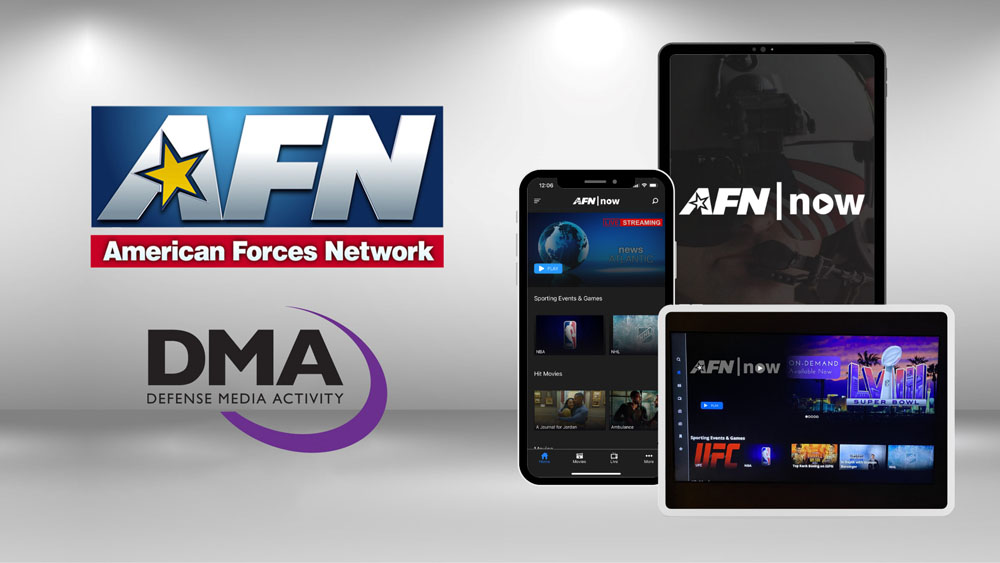
![]()
American Forces Network and Defense Media Activity
for
Delivering “A Touch of Home” through AFN Now®
Influencer Marketing

![]()
State Farm
for
State Farm® Deploys Influencers with a Cause to Reach Millennials and Gen Z
Award of Commendation
BIC
with
M Booth
for
BIC Intensity Pens Clic with TikTokers
Award of Commendation
Global Life Technologies
with
rbb Communications and Stripe Theory
for
Influencing Wellness: How Creators Drove Nozin’s Gen Z Breakthrough
Award of Commendation
Saputo USA
with
Carmichael Lynch Relate
for
Treasure Cave's Blue Cheese Crew Brings the Funk and the Views
Influencer Marketing > Macro-Influencers
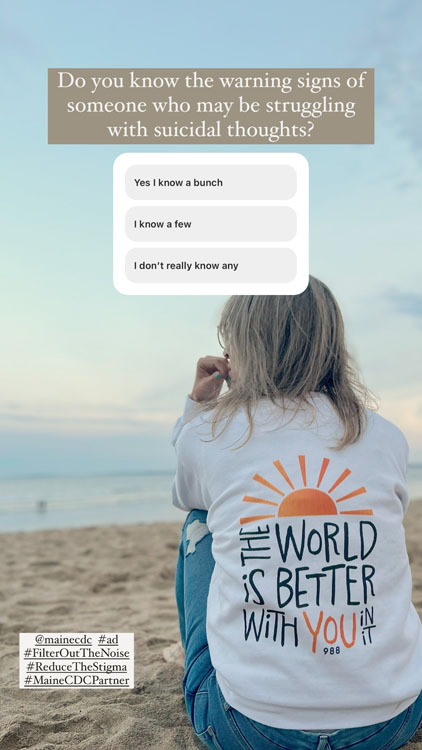
![]()
Maine Center for Disease Control and Prevention (Maine CDC)
with
Rinck Advertising
for
Filter Out the Noise – 2024 Youth and Young Adult Suicide Prevention Influencer Marketing Campaign
Integrated Communications > Associations/Nonprofit Organizations
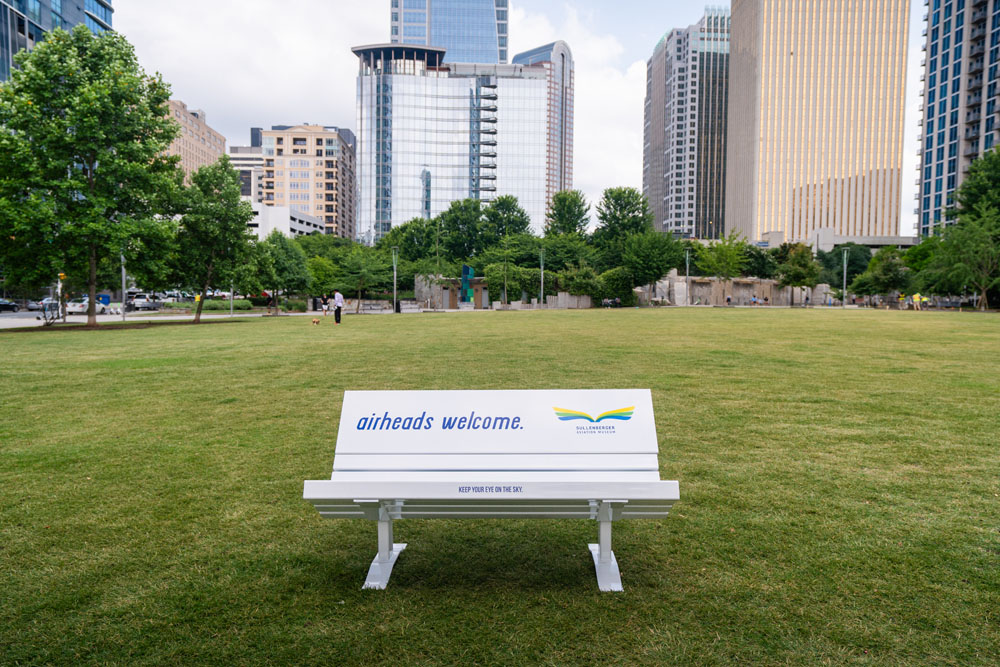
![]()
Sullenberger Aviation Museum
with
luquire
for
Sullenberger Aviation Museum: "Airheads Welcome"
Award of Excellence
Dr. Phillips Center for the Performing Arts
for
Dr. Phillips Center for the Performing Arts Ensures Success of New Winter Show in Time of Rising Inflation & Neighboring Competition
Award of Excellence
Illinois Farm Families Coalition (Members: IL Beef Association, IL Corn Marketing Board, IL Farm Bureau, IL Pork Producers, IL Soybean Association, Midwest Dairy)
with
MorganMyers, a G&S Agency
for
We Are The 96: One Number, One Message, One Movement
Integrated Communications > Business to Business
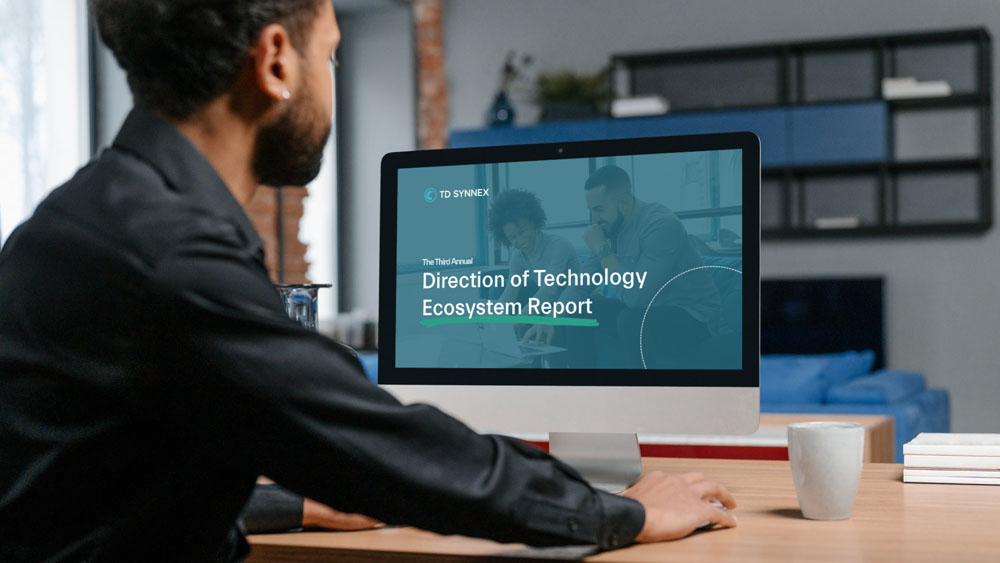
![]()
TD SYNNEX
for
2024 TD SYNNEX Direction of Technology Report Strategic Communications Campaign
Award of Excellence
NCSolutions
with
Feintuch Communications and Digital Third Coast
for
From Cocktails to Mocktails: How NCS Drove the Sober Curious Connection
Award of Excellence
Robins & Morton
with
Reilly Communications
for
Robins & Morton's 2024 State of Healthcare Construction Report Promotional Campaign
Award of Excellence
Williams
with
Avoq
for
Experience Powers Us
Integrated Communications > Consumer Products
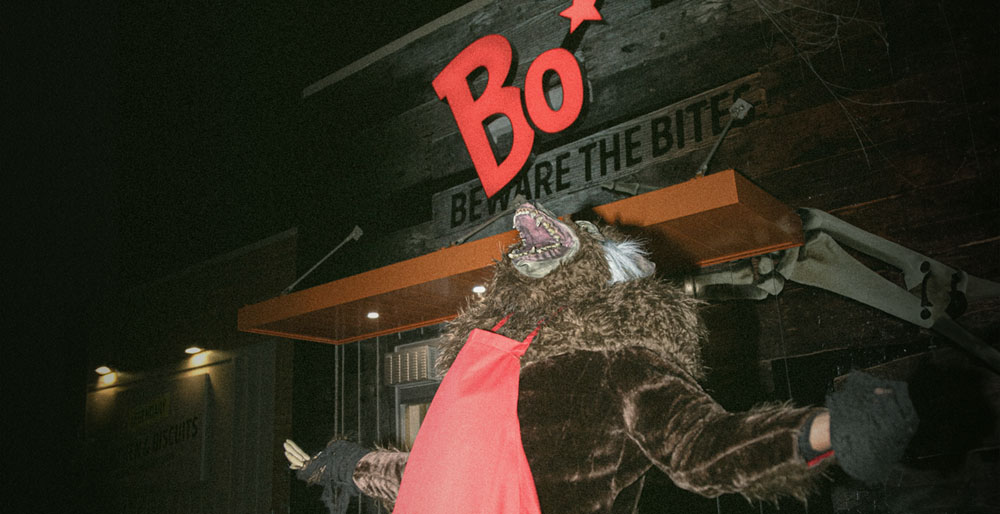
![]()
Bojangles
with
luquire
for
Boojangles: A Bone-Chilling Debut for Bo Bites – So Scary Good, They Put Other Nuggets to Rest
Award of Excellence
Butterball, LLC
with
Edelman, VML and Propac
for
From Freezer to Feast: How Butterball Reinvented the Thanksgiving Turkey
Award of Excellence
StarKist Co.
with
Coyne PR, Quench and Horizon Media
for
Flex with StarKist: Fueling a Protein Rich Lifestyle
Integrated Communications > Consumer Services
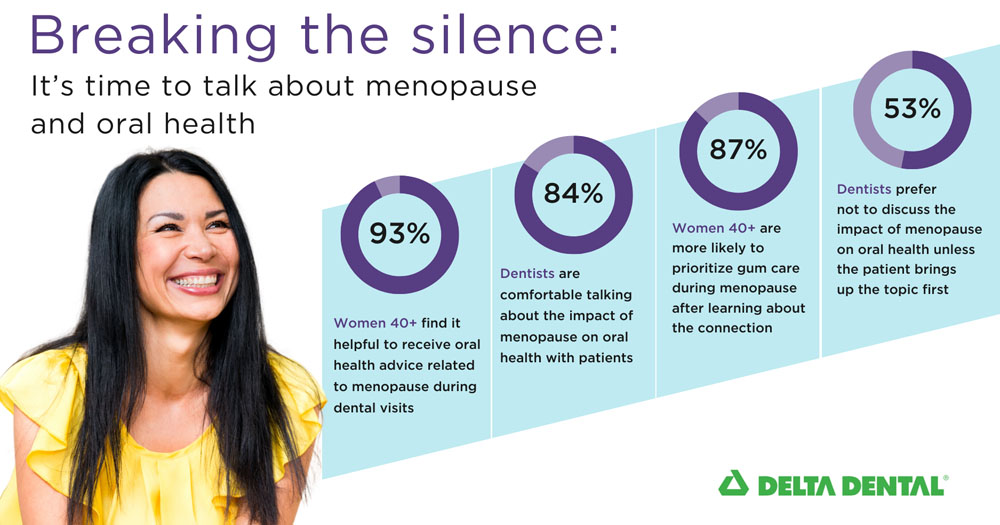
![]()
Delta Dental Insurance Company
for
Breaking the Silence: Menopause and Its Effect on Oral Health
Award of Excellence
Grubhub
with
Golin and The Brooklyn Brothers
for
Special Delivery
Award of Excellence
Otsuka America Pharmaceutical, Inc.
with
WE Communications, Minds + Assembly, Spring & Bond and The Considered
for
The Value of Every Caregiver Campaign
Integrated Communications > Government
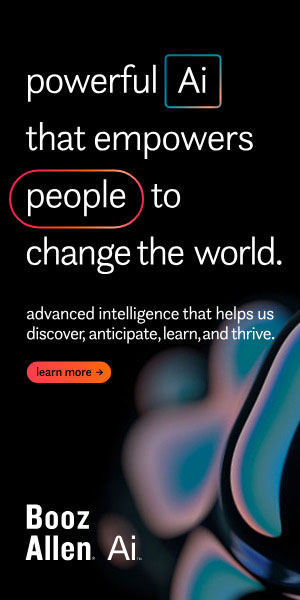
![]()
Booz Allen
with
Prophecy and Landor
for
Booz Allen AI Campaign
Award of Excellence
Contra Costa County Elections Division
with
Brown·Miller Communications, Inc.
for
We’re an Open Book: Defending Democracy by Building Trust in Elections
Award of Excellence
Peace Corps
with
Crosby Marketing Communications
for
"Bold Invitation" Campaign
Award of Excellence
USDA Food and Nutrition Service
with
Crosby Marketing Communications
for
National Campaign to Launch USDA’s Summer Nutrition Programs for Kids (SUN Programs)
Internal Communications > Associations/Government/Nonprofit Organizations
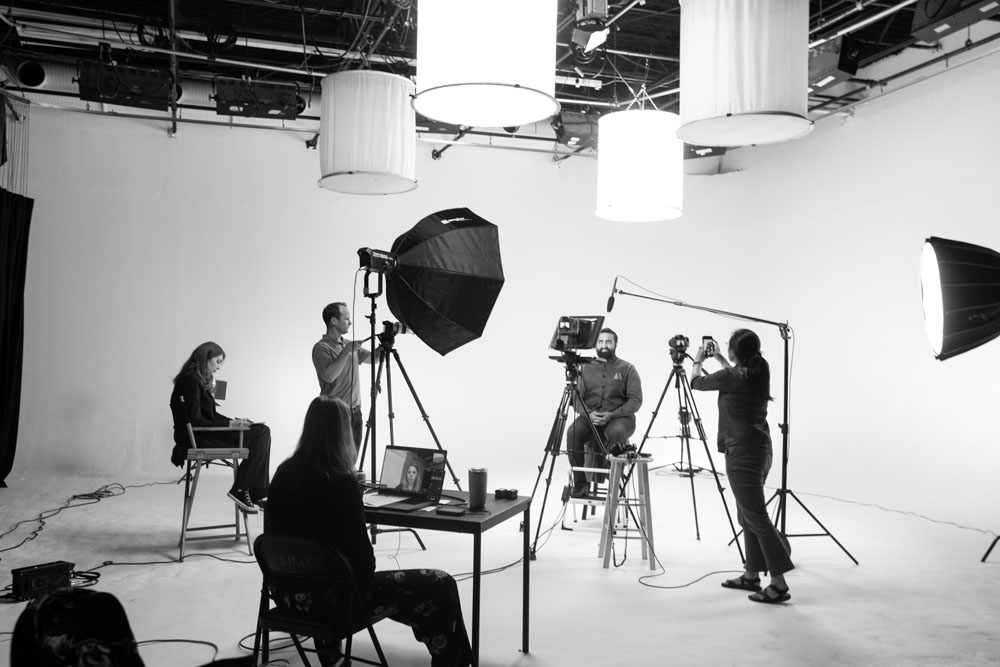
![]()
Emory University
for
Reframes: Discovering the Possible
Award of Excellence
Dayton Children’s Hospital
for
Focus News
Award of Excellence
University of Kentucky College of Medicine
for
Because We Care: Building a Healthier Kentucky
Award of Excellence
University of Michigan Office of the Vice President for Communications
for
Maize X Blue 2024: Tapping the Power Within for Communications Excellence
Issues Management

![]()
Duke Energy
for
Hurricane Heroes: Duke Energy's Historic Response in the Wake of Helene
Marketing > Consumer Products - National/International Focus
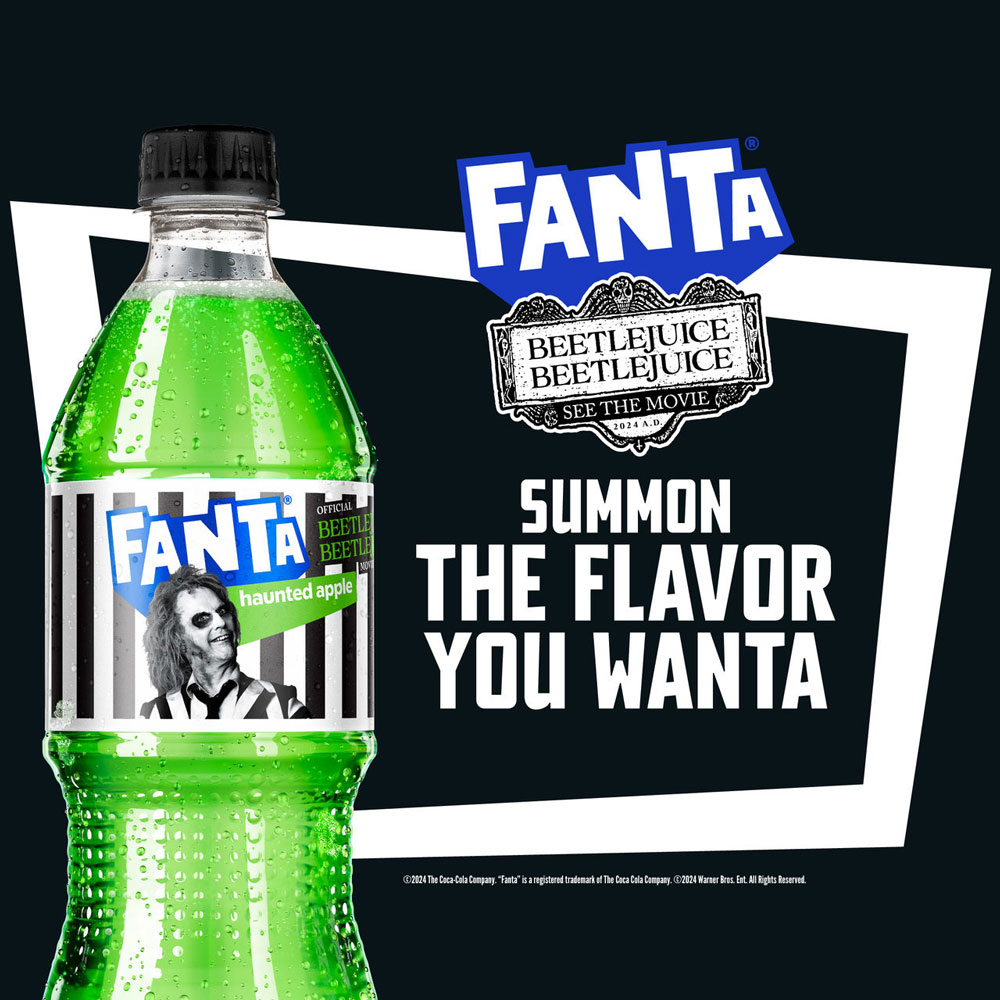
![]()
The Coca-Cola Company
with
Burson and WPP Open X
for
Fanta Ignites More of What You “Wanta”
Award of Excellence
Jayme Sandberg
for
Total Solar Eclipse Children's Picture Book
Media Relations > Associations/Nonprofit Organizations
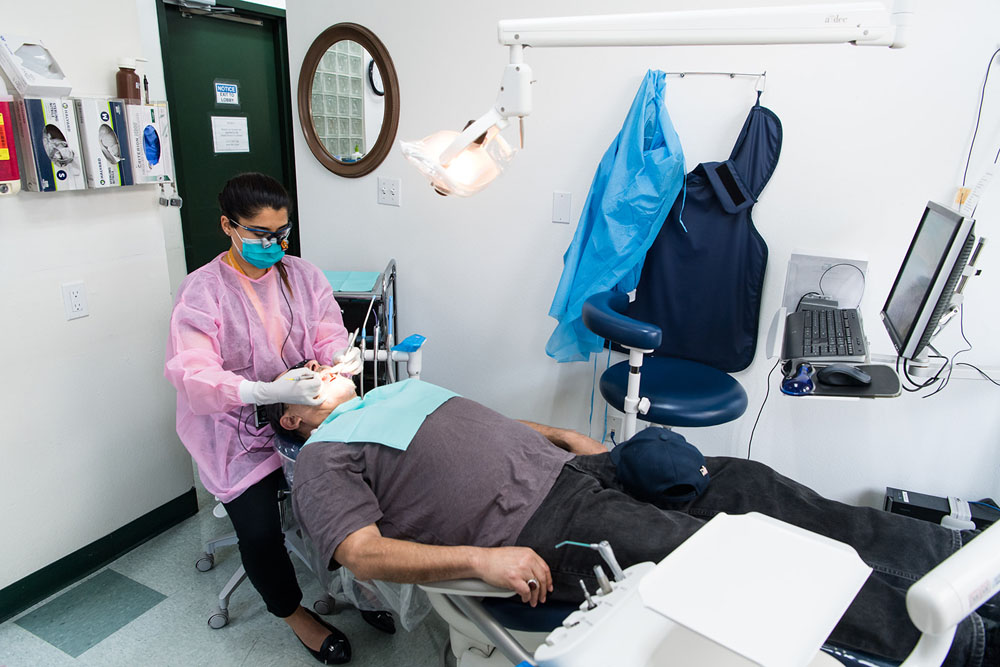
![]()
Father Joe's Villages
with
Mixte Communications
for
Sharing Father Joe's Villages' solutions to solving homelessness
Award of Commendation
Mental Health & Addiction Association of Oregon
with
Amico
for
Mental Health & Addiction Association of Oregon: From Negative Media Target to Trusted Media Darling
Media Relations > Business to Business

![]()
Renesas Electronics
for
Renesas Electronics: Accelerating in the Automotive Industry
Media Relations > Consumer Products > Non-Packaged Goods
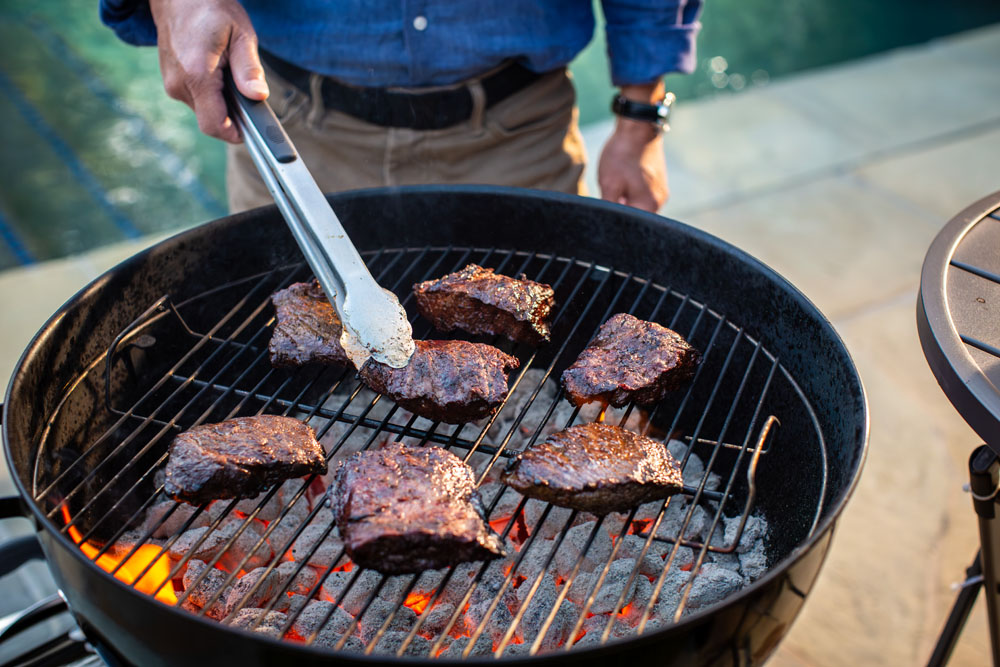
![]()
National Cattlemen’s Beef Association
with
Linhart Public Relations
for
Linhart PR Serves Up Prime National Media Coverage for ITALCIZEBeef. It’s What’s For Dinner.ITALICIZE with Culinary Experts and Flavorful Storytelling
Award of Commendation
Kensington
with
Integrity Public Relations, Inc.
for
Kensington Thunderbolt 5 Launch
Media Relations > Consumer Products > Packaged Goods

![]()
Danone North America
with
Weber Shandwick
for
Danone’s Industry-Leading Public Health Campaign to Reinforce Yogurt Benefits in America
Award of Commendation
Butterball, LLC
with
Edelman
for
No Thaw, No Stress: Butterball’s Cook from Frozen Turkey Transforms Thanksgiving
Media Relations > Consumer Services

![]()
Delta Dental Insurance Company
for
Breaking the Silence: Menopause and Its Effect on Oral Health
Award of Commendation
Endo, Inc.
with
EvolveMKD
for
Tackling Viking's Disease with John Elway
Award of Commendation
Genentech
with
Syneos Health Communications
for
Putting Ableism in the Spotlight with a First-of-its-Kind Musical
Award of Commendation
GoHealth Urgent Care
with
Berg & Associates LLC
for
Helping GoHealth Urgent Care become a trusted neighborhood expert
Media Relations > Government
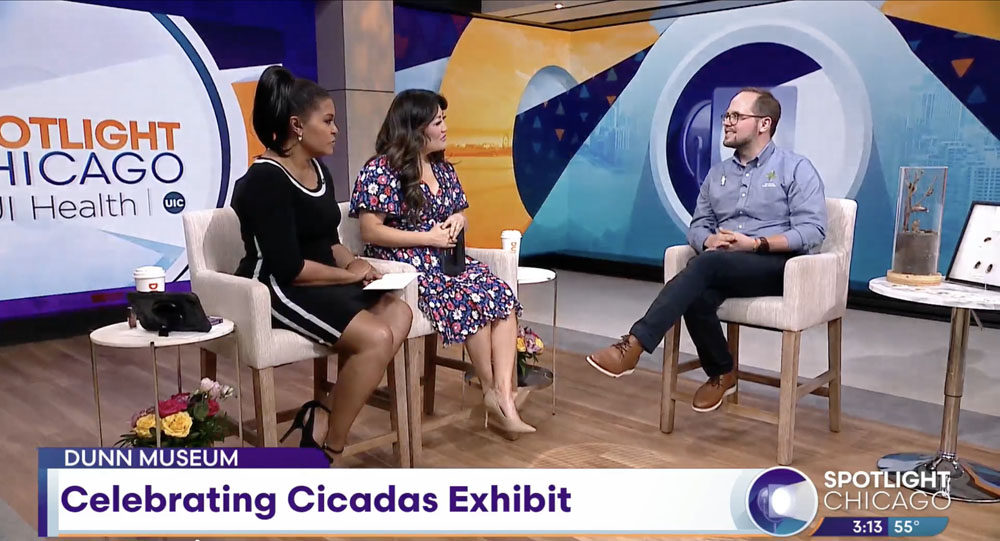
![]()
Lake County Forest Preserve District
for
Celebrating Cicadas
Award of Commendation
City of Glendale, AZ
for
Swift City
Most Effective Campaign On A $5,000 To $10,000 Budget
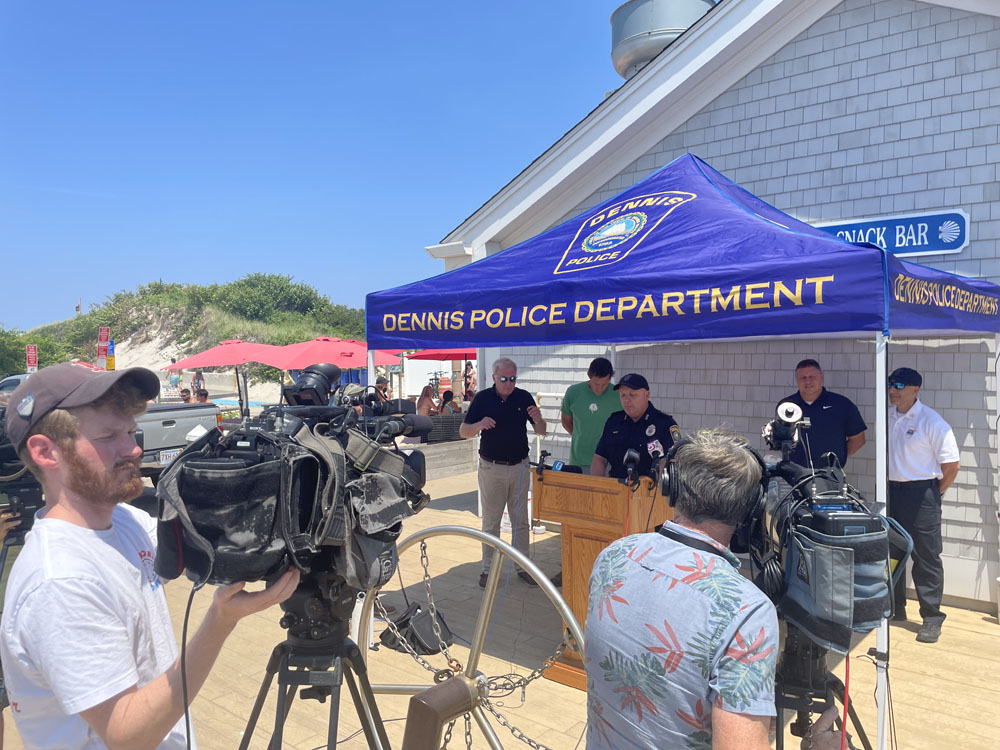
![]()
Dennis Police Department (MA) and Town of Dennis
with
John Guilfoil Public Relations
for
Curbing Chaos: Communicating New Public Safety Initiatives at Cape Cod Beaches on July 4th
Award of Excellence
Alexandria City Public Schools
for
Building the Plane While Flying: The Academies at Alexandria City High School
Most Effective Campaign On A Shoestring Budget ($5,000 or Less)

![]()
Seminole County, FL
for
2024 Penny Sales Tax: Educating Seminole County for a Successful Renewal
Award of Excellence
Jayme Sandberg
for
Total Solar Eclipse Book
Award of Excellence
Orange County Government
for
Hurricane Milton Response: Leading with Confidence
Most Effective Diversity, Equity and Inclusion (DEI) Campaign
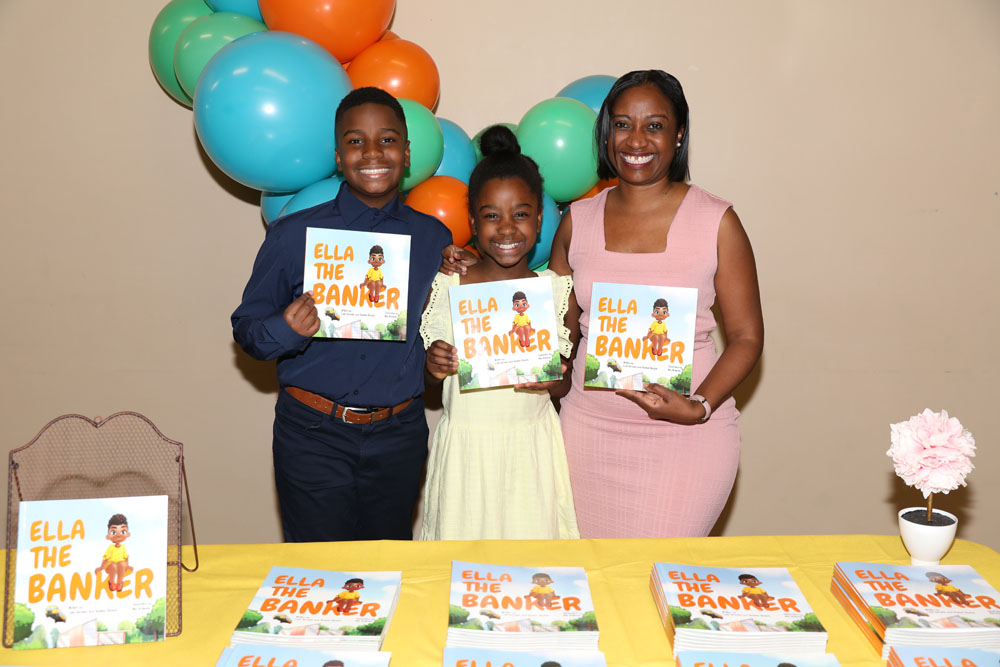
![]()
Winthrop Rockefeller Foundation and Ella the Banker
with
The Peacock Group
for
“Ella the Banker” Book Launch, Winthrop Rockefeller Foundation
Award of Excellence
AltFinance
for
Establishing America's Leading Developer of Diverse Talent for the Finance Industry with Apollo, Goldman Sachs, and Wharton School of Business
Multicultural Public Relations

![]()
Keck Medicine of USC
for
Hearing Aids Save Lives
Award of Excellence
Defense Information School and Defense Media Activity
for
Mobile Training Teams Provide Military Communication Training to International Partners
Newsletters

![]()
Corporate One Federal Credit Union
for
Immediate Payments Insider
Award of Commendation
Henrico County Government
for
Word on the Street - Henrico County Infrastructure Newsletter
Award of Commendation
University of San Diego
for
News Connect Newsletter by the University of San Diego Media Relations Team
Non-Traditional Tactics
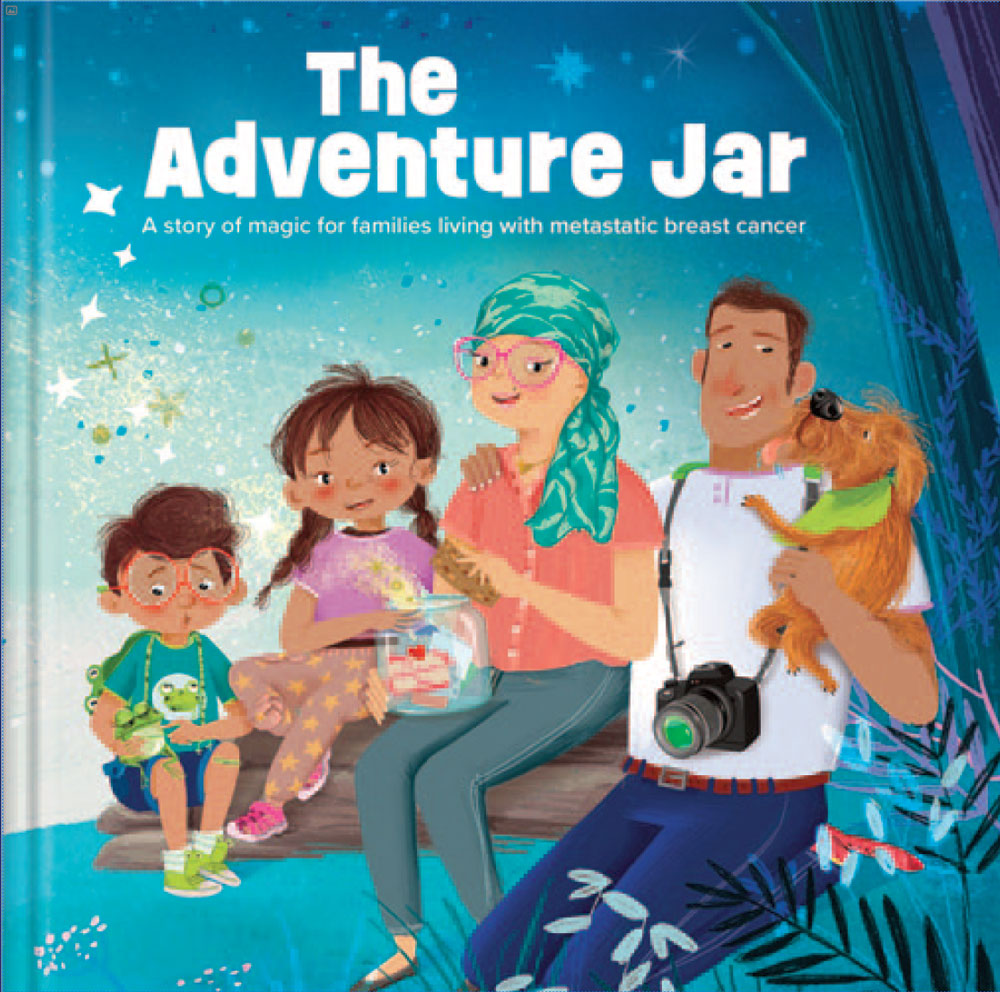
![]()
Gilead
with
uncapped communications
for
The Adventure Jar: A Story of Magic for Families Living with MBC
Organization With The Most Impactful DEI Program > Agency
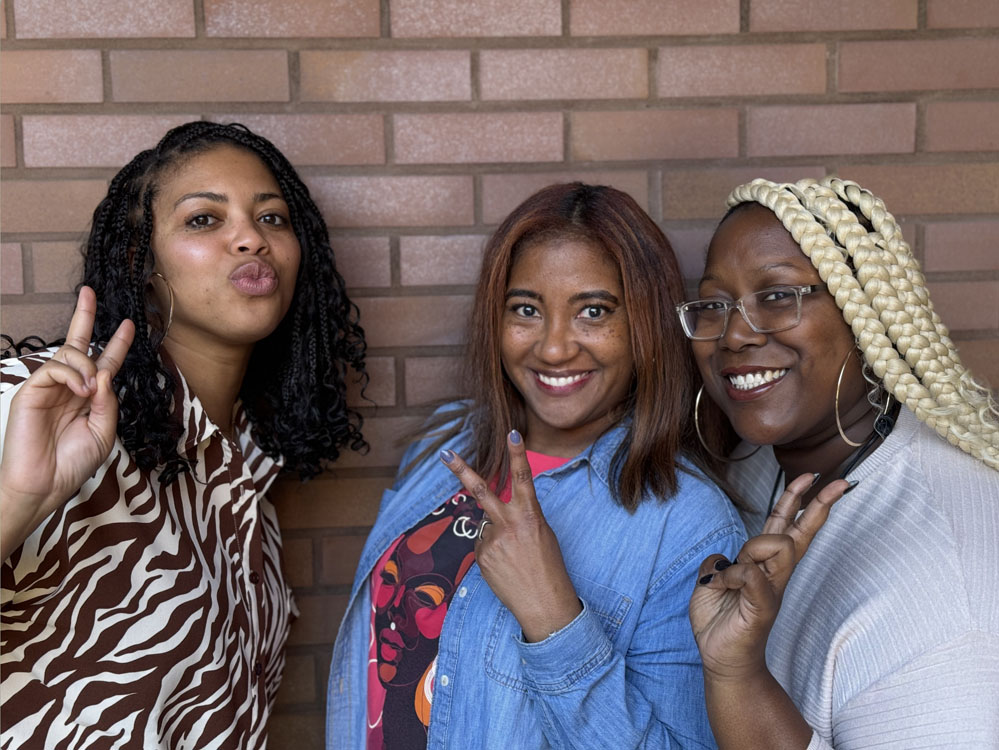
![]()
Mixte Communications
for
Centering diversity, equity and inclusion in Mixte's business strategy
Award of Excellence
HUNTER
for
HUNTER
Organization With The Most Impactful DEI Program > In-House
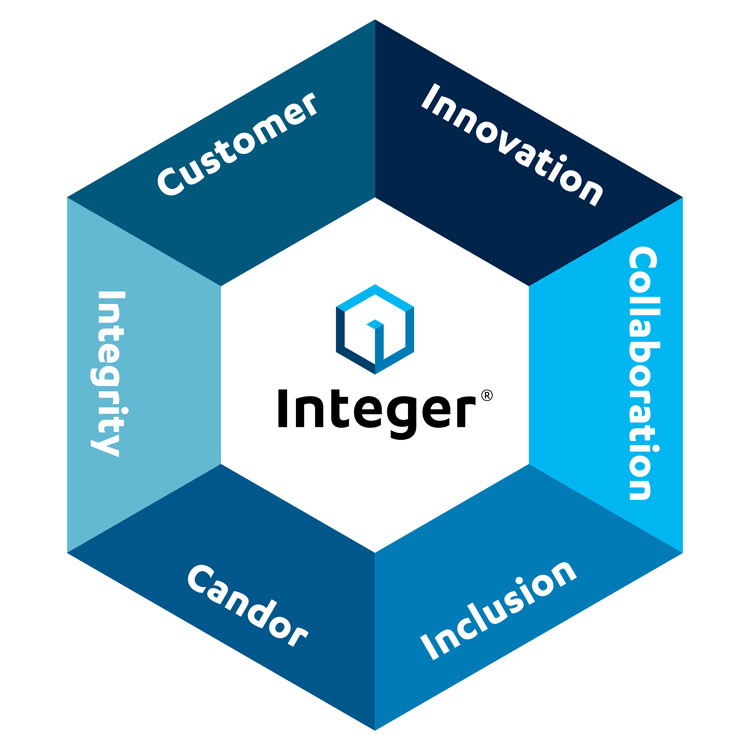
![]()
Integer
for
Building a Culture of Inclusion at Integer
Paid Promotions
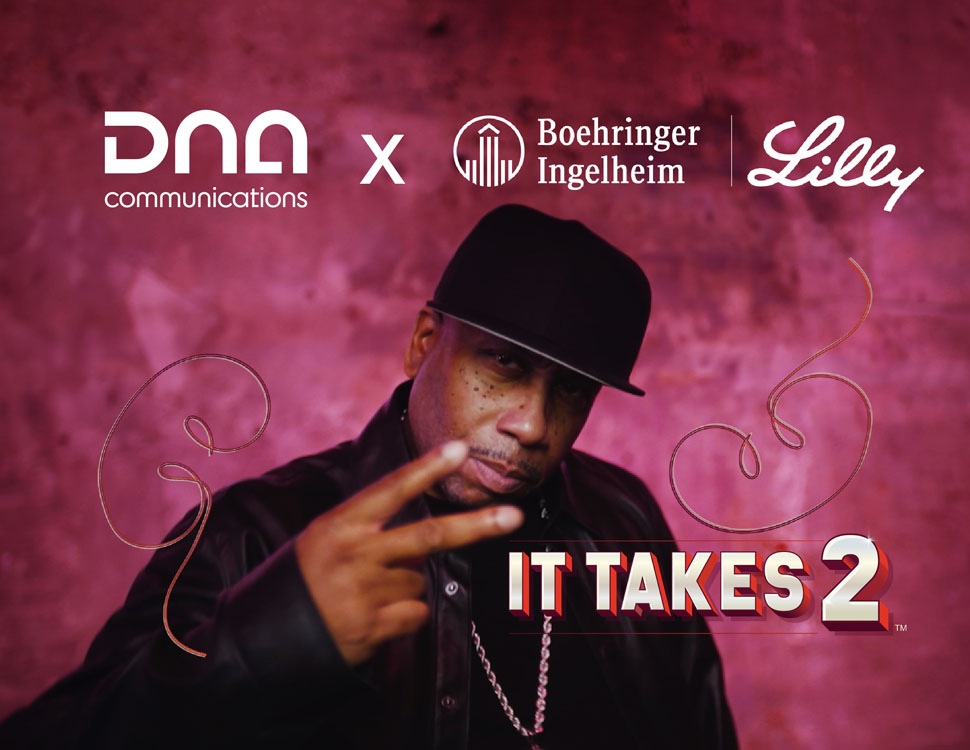
![]()
Boehringer Ingelheim & Eli Lilly Alliance
with
dna Communications
for
It Takes 2
Award of Commendation
Masons of California
with
Idea Hall
for
“Discover Freemasonry” Digital Membership Lead Gen Campaign
Podcasts
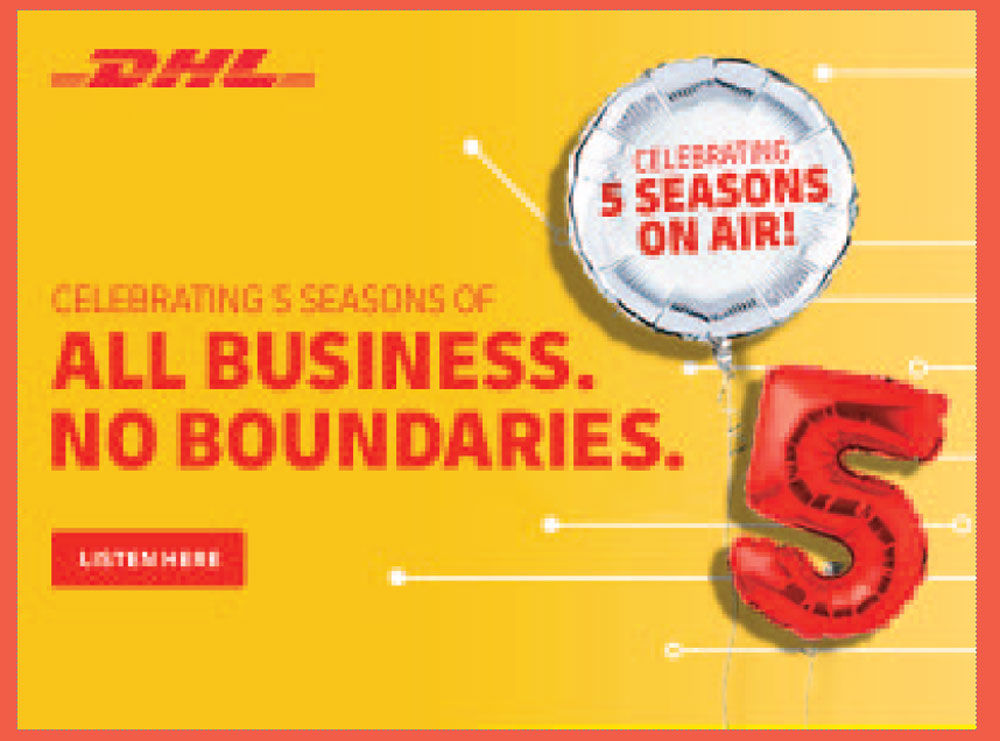
![]()
DHL Supply Chain
for
AB.NB. Podcast Exceeds Benchmarks and Celebrates 5-Season Milestone
Public Affairs
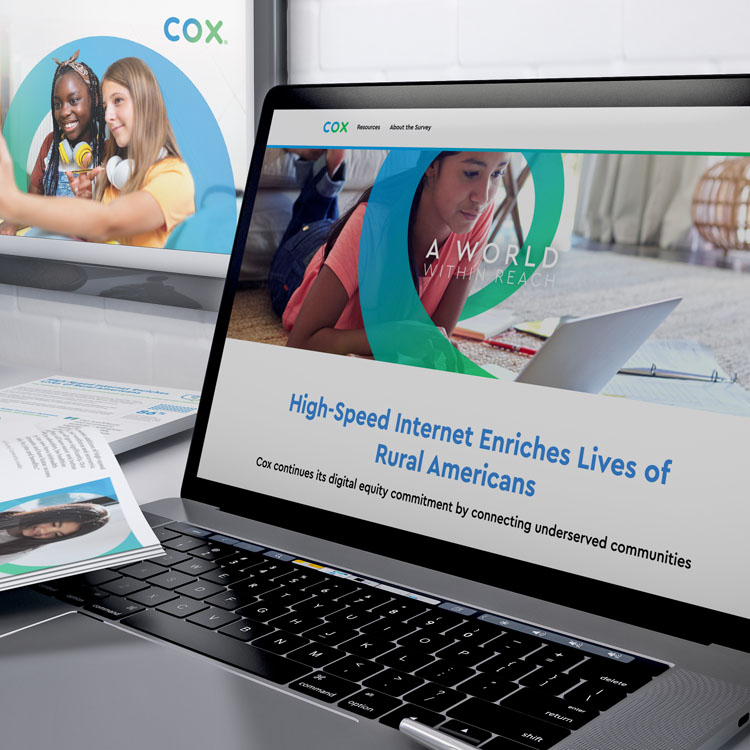
![]()
Cox Communications
with
Arketi Group
for
Cox Communications Enriches Rural America Through Digital Equity
Award of Excellence
Cook Children's Health Care System
for
Saving Cook Children's Health Plan
Public Service > Associations/Government/Nonprofit Organizations
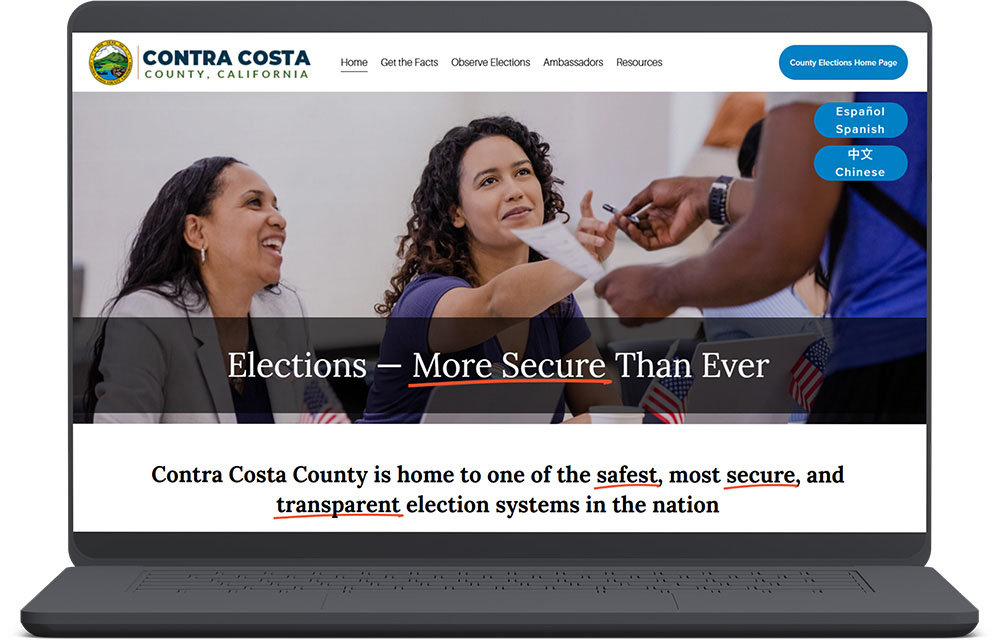
![]()
Contra Costa County Elections Division
with
Brown·Miller Communications, Inc.
for
Show, Don’t Tell: Building Voter Trust in a Polarized Era
Award of Excellence
BEAR (BE A Resource... for CPS Kids)
with
FAR Public Relations
for
BEARing It All for Houston Children
Award of Excellence
Lung Cancer Foundation of America
with
M&C Communications
for
Saving Lungs Behind the Chair
Award of Excellence
Yuba Water Agency
for
Making Water Conservation a Way of Life Pilot Program
Public Service > Business

![]()
Duke Energy
for
Hurricane Heroes: Duke Energy's Historic Response in the Wake of Helene
Award of Excellence
Elanco Animal Health
with
FleishmanHillard
for
Parvo is Poop: Best of Public Service
Reputation/Brand Management > Associations/Government/Nonprofit Organizations
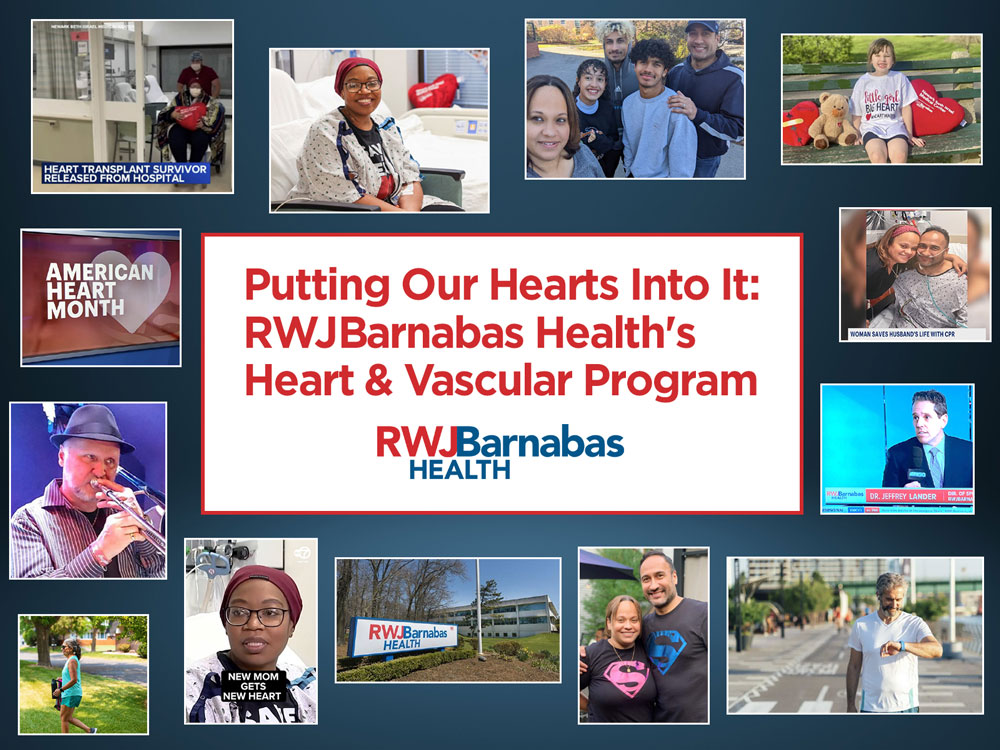
![]()
RWJBarnabas Health
with
MikeWorldWide
for
Putting Our Hearts Into It: RWJBarnabas Health's Heart & Vascular Program
Award of Excellence
Michigan Economic Development Corporation
with
FINN Partners
for
Bringing Swagger Back to a Storied American City
Award of Excellence
Rotary Club of Little Rock
with
Ghidotti Communications
for
Rotary Club of Little Rock "Power of Fun"
Award of Excellence
San Diego Tourism Authority
with
Intesa Communications Group
for
Summer of Economic Power: Celebrating Toursim in San Diego
Reputation/Brand Management > Business

![]()
Duke Energy
for
Hurricane Heroes: Duke Energy's Historic Response in the Wake of Helene
Award of Excellence
John Deere
with
Racepoint Global
for
The Road Trip That Never Happened
Single Issue Publications

![]()
Gilead
with
uncapped communications
for
The Adventure Jar: A Story of Magic for Families Living with MBC
Award of Commendation
Megaworld Foundation, Inc.
for
Our Journey: Success Stories of Hope and Resilience
Social Media > Multichannel Use

![]()
John Deere
with
Racepoint Global
for
The Road Trip That Never Happened
Award of Commendation
Orange County Government
for
Hurricane Milton Response: Leading with Confidence
Award of Commendation
Saputo USA
with
Carmichael Lynch Relate
for
Treasure Cave's Recipe for Brand and Category Love
Social Media > Single Channel Use

![]()
The Allstate Foundation and Roadtrip Nation
for
The New Volunteers docuseries: Engaging youth changemakers from coast to coast
Award of Commendation
Library of Congress Office of Communications
for
Library of Congress: Beyond the Books
Award of Commendation
Mondelez
with
Dentsu Creative
for
Nutter Butter, You Good?
Video
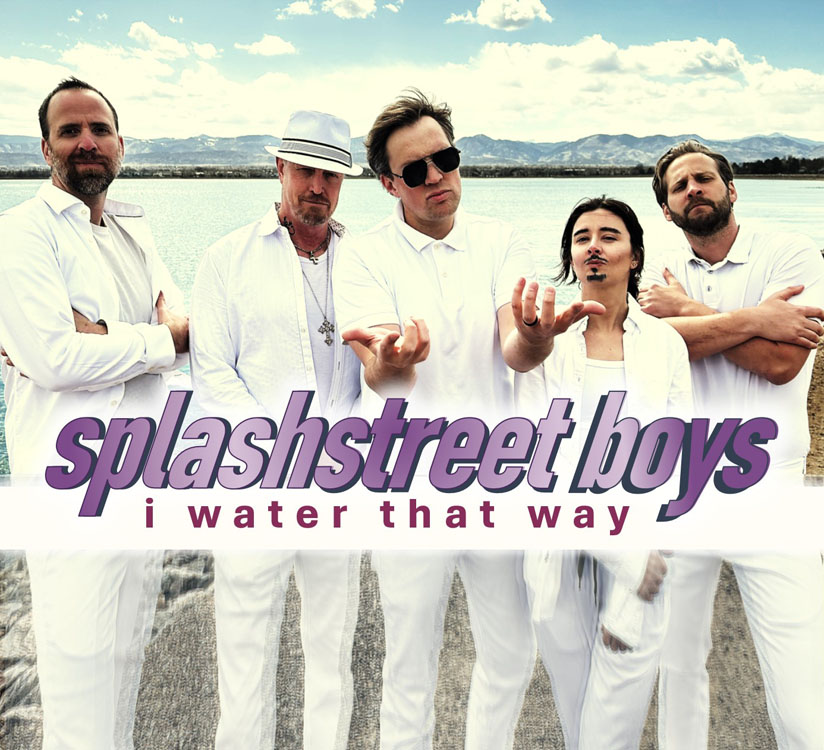
![]()
Denver Water
for
Tell me, why? Making a viral splash to save water
Award of Commendation
Health Resources and Services Administration (HRSA) Division of Transplantation (DoT)
with
Crosby Marketing Communications
for
More Donors, More Hope
Award of Commendation
Salmon Defense
with
C+C and Invisible Collective
for
Salmon Warriors
Websites
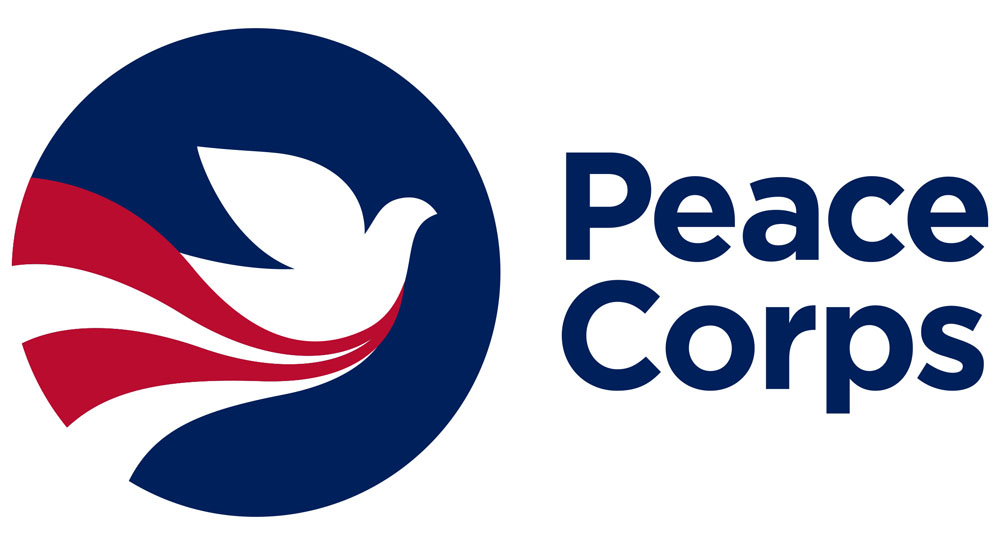
![]()
Peace Corps
with
Crosby Marketing Communications
for
Peace Corps Website Refresh
Award of Commendation
McDonald's North Texas
with
CKP
for
McHiring in North Texas
Award of Commendation
TD SYNNEX
for
TD SYNNEX 2024 Direction of Technology Report Campaign
Award of Commendation
University of Nevada, Las Vegas
for
Giving Grief and Resilience a Voice and Home
2026 ANVIL AWARDS PARTNERSHIP OPPORTUNITIES
To learn more about partnership opportunities please contact:
Alexandre Bouché
PRSA | VP, Business Development and Alliances
Phone: +1-212-460-0301
120 Wall Street, 21st Floor
New York, NY 10005
abouche@prsa.org | www.prsa.org
